As a mom with teaching experience and a Bachelor’s and Master’s degree in Education, I want to show you how you can bring loose parts and sensory play into your home without the hassle.
When Lucas was about 7 months old I noticed he was tired of a lot of his toys. I found I had a hard time encouraging him to play independently as nothing could keep his attention for more than a minute or two. Honestly, sometimes I felt like his personal court jester. It was hard to keep coming up with new activities that would challenge and stimulate him day after day.
So, I did what any mom who’s a former educator would do. I poked around the yard and picked up a few things from nature, rooted through our recycling bin, and emptied the kitchen drawer.
I suspected it may be time to introduce loose parts sensory play and was delighted to see that he was absolutely fascinated by the objects I presented him with. So, I decided to create a loose parts basket I could keep on hand and fill with interesting objects Lucas could explore time and time again. Since I wanted my measuring spoons back in the kitchen where I could use them, we hoofed it over to the dollar store with the intention of collecting designated items for a loose parts for a sensory play basket.
Want to see loose parts sensory play in action? Check out the video!
I first introduced loose parts to my son Lucas at 7 months old and in hindsight, probably could have done so at an earlier age. At over 10 months, he’s still happy to play independently with items from his loose parts sensory basket, such as these silicone hot plate holders.
Now, you may be saying “you did what? Collected outdoor loose parts? What does sensory play mean?” If this is the case I don’t blame you. There are so many articles and Pinterest boards out there confusing us all with their early childhood education scholarly speak.
As someone with a background in education, it actually drives me crazy to see parents and caregivers fall down an internet wormhole lost in terminology when all they want to do is create the best educational experiences for their kids. You can make this kind of learning easily available without having to set up and clean up elaborate spaghetti and shaving cream activities in your kitchen on a daily basis.
Creating a loose parts sensory basket saves time, space, and valuable parental energy. I want to make this area of play accessible and easy to understand because it’s one of the best learning opportunities you can offer to your baby. Let’s break this down in the simplest way possible so you can get started with some loose parts sensory fun with your kiddo.
Creating a loose parts sensory basket saves time, space, and valuable parental energy. Engaging your baby in sensory play doesn’t have to be an elaborate activity. Creating a basket of loose parts for baby to explore makes interesting objects easily accessible.
What is Sensory and Loose Parts Play?
I have read so many articles over the years that complicate the concept of sensory and loose parts play to no end. So plainly speaking, what is it?
Sensory play is meant to excite the senses (sounds fairly obvious, doesn’t it). This includes activities and objects that will stimulate baby’s sense of hearing, touch, smell, and taste. Also included are the often ignored sense of balance and body awareness (known as proprioception for the fancy science types). This is how children learn to make sense of the world around them. As humans, we retain information more efficiently when we engage with our senses. Sensory play helps the brain create strong connections through problem-solving and exploration.
What is sensory play? Learning that stimulates baby’s sense of hearing, touch, smell, and taste. Also included are the often ignored sense of balance and body awareness. As humans, we retain information more efficiently when we engage with our senses. Sensory play helps the brain create strong connections through problem-solving and exploration.
The entire point of introducing sensory activities to baby is to stimulate their senses while also providing opportunities for open-ended learning (so they’re busy with something for a while and you’re able to finish your cup of coffee, you feel me?).
I see all kinds of sensory play activities online, but they’re one-offs, or they’re something the child will explore for an afternoon before you clean it up and put it away. This is why I like to create sensory play activities using loose parts and have a designated basket to house the items, for repeated use.
I’m purposefully not referring to these items as toys because they’re not. Loose parts aren’t toys, they’re things. This kind of play provides baby with opportunities to mouth, touch, bang together, manipulate, observe, and rearrange objects.
Loose parts aren’t toys, they’re things. They’re items from nature, stuff you have lying around the house, and even things from the recycling bin. Metal bowls, silicone pot holders, a plastic water bottle filled with beans, a silicone dish scrubber, pine cones, or a whisk from the kitchen drawer. This kind of play provides baby with opportunities to mouth, touch, bang together, manipulate, observe, and rearrange objects.
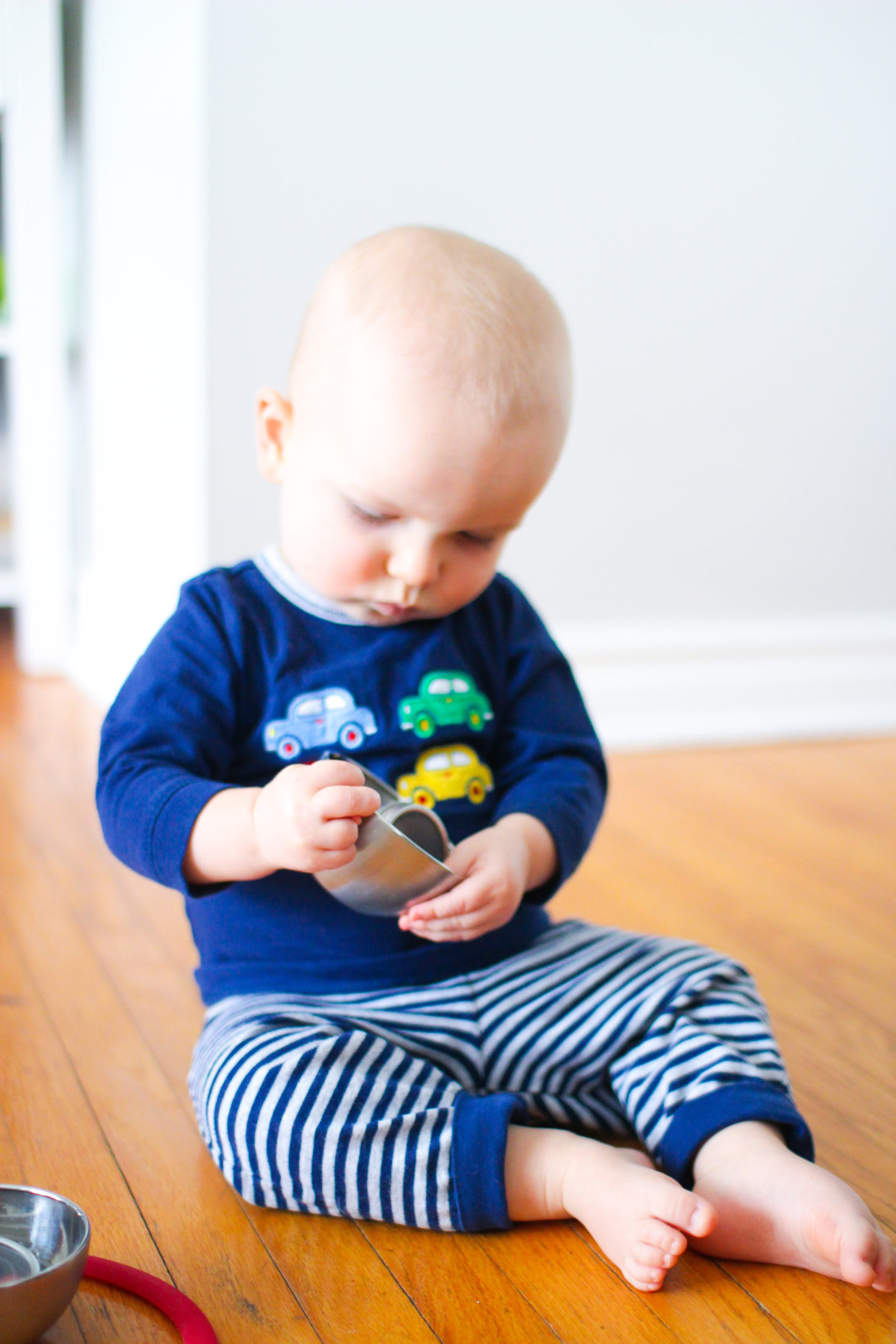
If you’ve ever given your baby toys only to witness them reaching for the coaster on the coffee table a moment later it’s because they’re naturally interested in everyday objects as a way of making sense of their environment. Remember that to baby, everything is new and interesting, even a spatula.
Making a loose parts basket that engages your baby in sensory play is ideal because you’re picking and choosing which everyday objects you’re willing to let baby explore in a safe and supervised way.
Why Should I Introduce Loose Parts Sensory Play Activities to my Baby?
In terms of learning, here’s the beautiful thing about this kind of play and why I am such an advocate for it as an educator and parent. It doesn’t get boring. It never gets old. They never tire of it because it’s easy to change up. Sounds magical if you’re a mom to a little one with boundless energy and a need for stimulation. Am I right?
Why is sensory play so magical? Simply because the items and objects involved are open-ended and do not have a distinct purpose for play. Take a whisk for example. Baby can put his/her fingers in between the loops, can bang it by the handle or by the end (making two completely different sounds), can stick his/her tongue into it, can chew on the end of it, can roll it, can throw it, and can even try to pull pom poms out of it. All this at a few months old! Just wait until they’re older and the very same whisk becomes a magic wand, a scepter, or a guitar.
How is this Different than Electronic Toys?
All of this is very different than electronic toys that have buttons and flashing lights. The problem with some of these toys is that they don’t allow for endless possibilities. Once the child masters pressing the button to trigger the light or music, they’re done. They’ll be fascinated by this for some time, and you’ll admire them for their ability to link cause and effect, but it won’t last long. After some time you’ll find that they either ignore the toy entirely or they’re playing with it in some unintended way. They’re trying to take the toy apart or they’re throwing it around. You can’t blame them, they’re bored of it! Pushing a button is only fun as long as it is interesting and challenging. Once it isn’t, that toy just isn’t going to be fun for baby anymore.
The problem with some electronic toys is that they don’t allow for endless possibilities. Once the child masters pressing the button to trigger the light or music, they’re done. If they’re trying to take the toy apart or they’re throwing it around, you can’t blame them, they’re bored of it! Pushing a button is only fun as long as it is interesting and challenging.
Don’t get me wrong, I have some electronic toys too, and Lucas likes them, but I don’t expect he will want to play with them for long. Once he’s figured it out, he’ll toss it aside and search for the next learning opportunity. That’s why you so often see parents selling these once-loved toys online. They have a very limited shelf life.
Electronic toys are fun, but not all of them are effective at encouraging prolonged independent play.
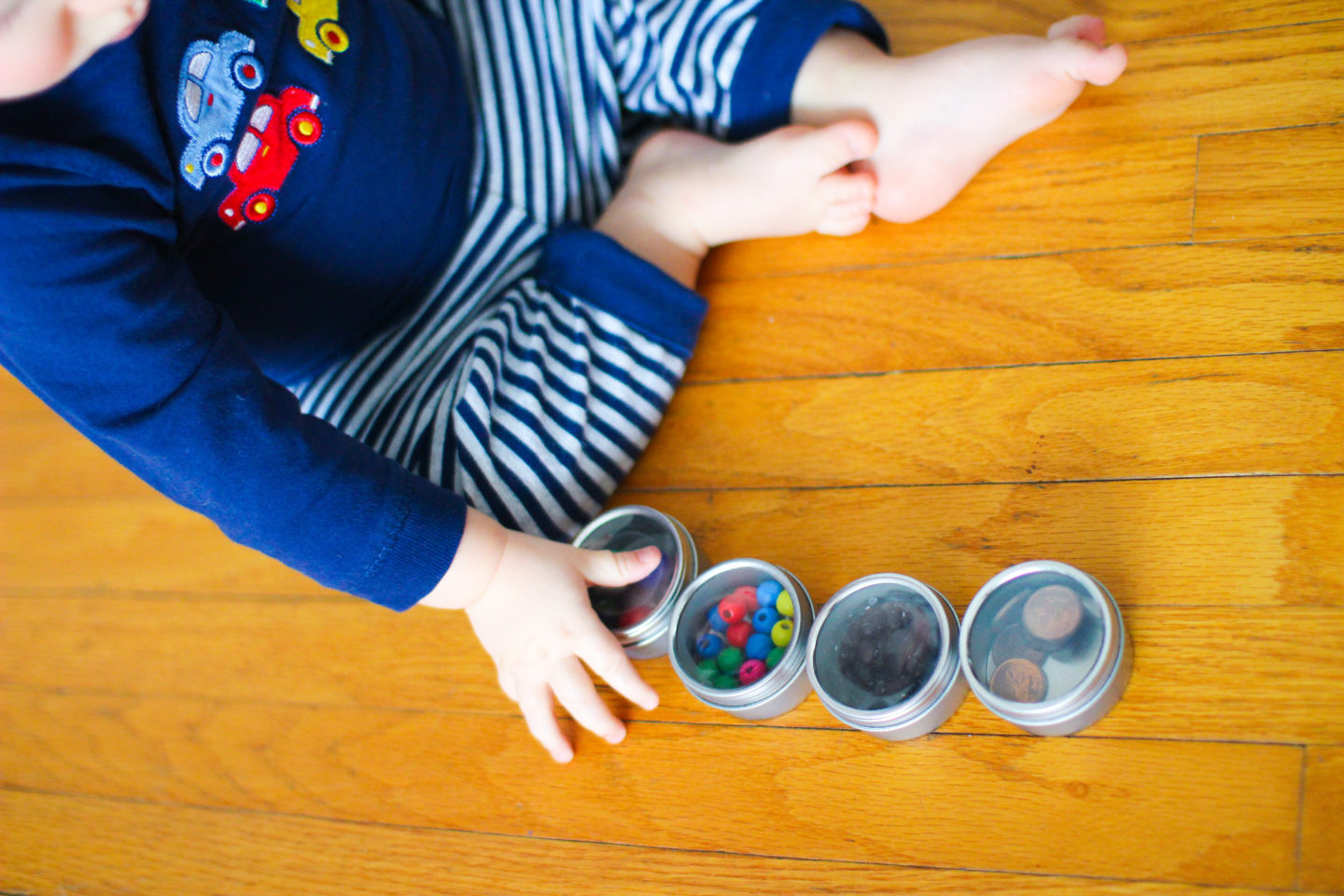
Which Loose Parts Sensory Play Items Should I Gather?
Loose parts sensory play offers unlimited learning opportunities for all children and can easily be adapted depending on age and ability. The materials provided, and how you offer them, is highly age-dependent. If you have an infant who puts everything into their mouths consider how you can house smaller objects that may be a choking hazard so baby can still explore them without concern. I use water bottles, tins, and clear plastic containers for this. For example, pebbles and beads can be placed within a container for infants, but are fine for older children to play with freely.
If you have an infant who puts everything into their mouths consider how you can house smaller objects that may be a choking hazard so baby can still explore them without concern. You can offer loose parts to baby safely by housing small items within clear plastic containers, tins, and bottles.
Below you’ll find examples of what’s in my loose parts sensory basket. Some of the things on this list I’m still on the hunt for or am saving for later. But this loose parts material list should provide some ideas for what you can look for at the dollar store, bring out of your kitchen drawers, recycling bin, crafting stash, or gather from outside.
Dollar Store Loose Parts List
- clear stackable plastic containers (in various sizes)
- small metal tins (I repurposed some from loose leaf tea packaging)
- small metal or wood bowls
- colourful beads
- pom poms
- clear plastic gems
- marbles (various sizes in the package)
- tiny string lights
- binder clips
- set of measuring spoons (can be held together on a loop)
- water beads
- lightweight coasters
- faux glass hand-held mirror
- sensory balls (may be purchased here)
- decorative wooden/wicker balls for a bowl
- food colouring
- Pipecleaner (for older kids, little ones can use ribbon)
- Velcro hair curlers
Gathered from Nature Loose Parts List
- tiny and large pinecones (watch that they don’t eat the big ones!)
- shells and coral (depending on where you live, the manufactured kind can be bought at the dollar store)
- water (in a bottle with food colouring, water beads, beads, or mixed with oil)
- tree cookies
- tree chunks/sticks (dependent on age)
- pebbles/rocks (dependent on age)
- nuts and/or acorns
- evergreen pieces (more appropriate for older children unless you contain them)
- wine corks
- potpourri (if you have a spice container, they could shake it and smell it!)
Kitchen Drawer, Recycling or Craft Bin Items
- toothpicks (remember, these small items should be housed within a container for baby play)
- pennies
- basting brush
- paper towel rolls
- boxes and tins (tissue boxes, baby puffs containers)
- ribbons of various widths, lengths and colours
- napkin rings
- small whisk
- silicone scrubber brushes
- circular silicone hot plate holders
- silicone garlic masher
- dish scrubber brush (or any kind of soft hair or paintbrush)
- ice cube tray
- spatula
- funnels
- disposable water bottles
- uncooked rice, beans, macaroni, and corn
- sponges
- wooden spoons
- tissue paper (just make sure they’re crinkling, not eating!)
- colander (can stick ribbon or pipe cleaner into the holes)
- fabric (different textures and colours)
- microfiber mop cloths
- bottle lids
- plastic Tupperware containers and lids
- plastic scraper/dough tools (flat-edged or grooved. My cast iron skillet came with these)
Downloadable PDF Loose Parts List
If you prefer to print the list or would like to more easily refer to it while shopping, fill in the fields below.
STRUCKBLOG values your privacy, see my Privacy Page.
A note on safety: of course, since loose parts and sensory items aren’t manufactured toys you need to make sure you’ve got your safety hat on. Since some of this is from the dollar store it’s not exactly high-quality stuff. Look over the items carefully first ensuring there are no loose parts (ha, get it?) ie. the top of the paintbrush is glued securely to the handle. Make sure bottle and container lids are screwed on tightly and check this regularly. Baby should always be supervised closely when engaging in loose parts play, particularly when first introducing them to the items. Your baby will explore the objects in different ways, and what may be safe one minute can get worrisome the next. For example, when I first gave Lucas a paper towel roll he banged it on everything and yelled into it for some time, which was great! But once he started to eat it, not so much.
How do I Introduce & Engage My Baby in Sensory Loose Parts Play?
A little bit at a time! This is a good rule of thumb generally speaking with kids. Show baby only 3-6 items at once. They’re bound to get overstimulated and overwhelmed if they have too many items at a time (this is also true with regular toys).
Provide baby with 3-6 items to play with at a time to avoid overstimulation and keep them focused. You never want to provide your child with too many options (loose parts of otherwise) at a time and should rotate your toys.
Secondly, as I mentioned above, I don’t have everything on the list physically in my basket. There is no way that would fit! But actually, this is also quite intentional. Mama’s got to keep some things up her sleeve for when things get stale. When I can see it’s time to change things up because they aren’t keeping Lucas’ attention anymore, I’ll swap out some of the items. Keep it simple! Introduce a half-filled bottle of water with added water beads, or take the binder clips out of the clear container and add marbles instead. It’s great to have all of the items on hand so you can do this at a moment’s notice. You can slowly work towards creating your secret loose parts stash (which is what I’m actively doing).
I don’t have everything on the list physically in my basket. There is no way that would fit! But actually, this is also quite intentional. Mama’s got to keep some things up her sleeve for when things get stale. When I can see it’s time to change things up because they aren’t keeping Lucas’ attention anymore, I’ll swap out some of the items.
Don’t forget to play with your baby. Engaging baby in sensory and loose parts play can be tricky, because you may be tempted to show them how to do things, but you also want to let them discover things on their own. Wait for a lull in their play and inspire baby with something new, such as stacking containers, flipping something upside down, or making a sound by banging objects against one another. They’ll often copy you and try to see if they can manipulate the items in the same fashion.
Set up play invitations and encourage exploration by playing together. Stack containers, flip something upside down, or make a sound by banging objects against one another. They’ll often copy you and try to see if they can manipulate the items in the same fashion.
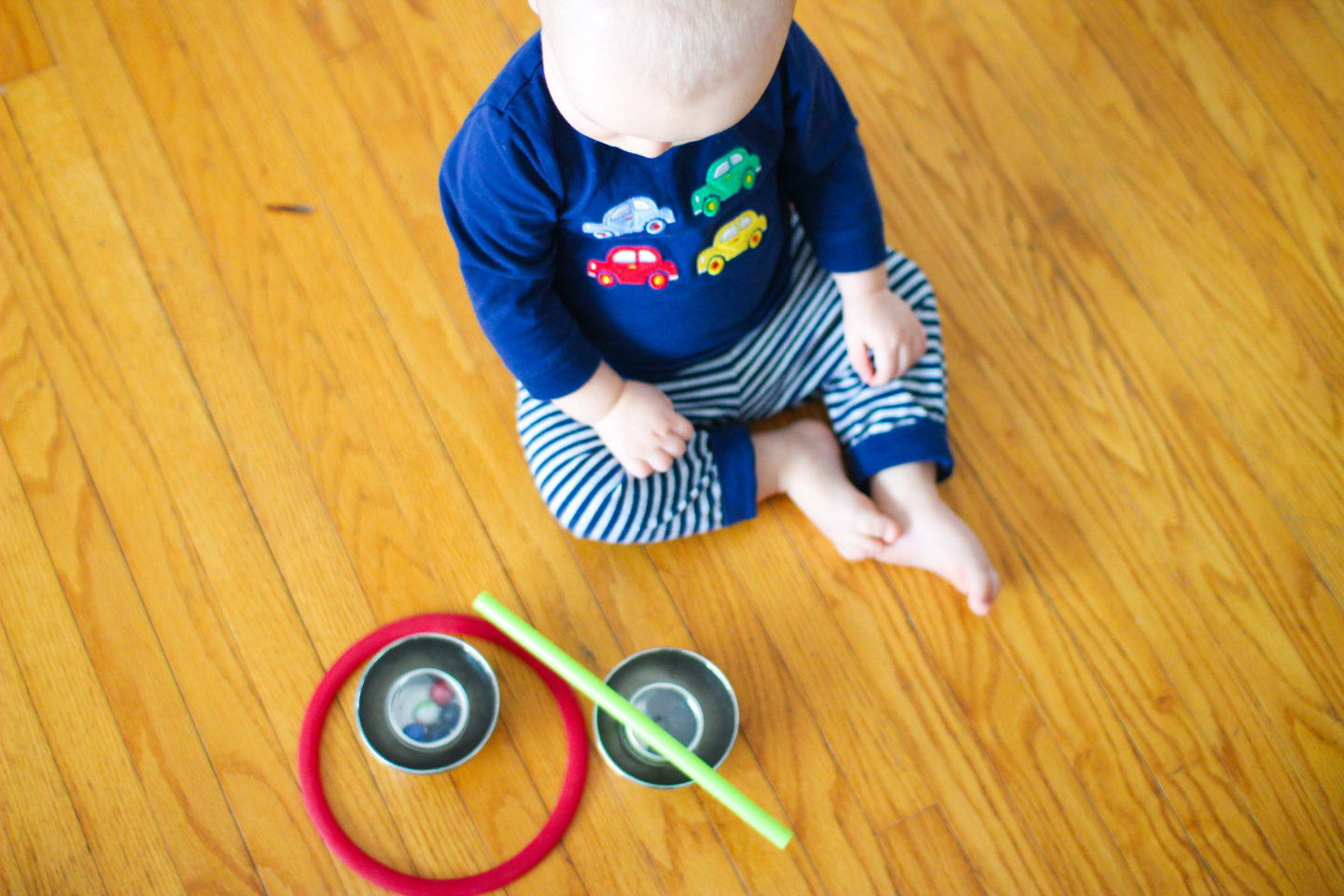
Does This Mean I Shouldn’t Purchase Regular Toys?
Absolutely not! I have regular plastic, electronic, and plush toys in my home and think of toys as learning materials and purchase them very intentionally. You can find my recommendations for toys from 0-15 months as well as toys for 15 months to 2.5 years on the blog as well.
When buying toys, consider how many ways they can be played with before purchase and what that material is helping your child develop and explore. For example, little figures, animals, cars, or people are fantastic for imaginative play. Blocks are my absolute favourite because they offer endless possibilities. Just because you have loose parts in your home and engage in sensory play certainly doesn’t mean baby can’t enjoy traditional toys as well.
If you’re looking for more baby play ideas, make sure to follow me on Pinterest where I save lots of activities in my Creative Mama board.
And, if you create your own loose parts sensory play basket, please share it with me on social media whether you’re on Instagram, Facebook, or Twitter. I’d love to see your renditions and share your ideas with the STRUCKBLOG community!
Anna
Shop My Baby & Toddler Essentials
Mama, You May Also Like These Posts:
- The toys you need for 0-15 months: what materials do you need to help foster development? Check out my list of recommendations which walks you through the toys you need for baby from month to month.
- Common Questions about Toys and Play: answering your questions when it comes to toy rotation, how to come up with engaging play ideas, and how to bring Montessori into your home.
- Advice for New/Expecting Moms: 20 different women provide their advice for surviving the first year of motherhood.
- What Do I Need in my Nursery: I’ve used mine for 22 months, so I wanted to share the items, organizational tips, and decor inspiration behind my gender-neutral nursery.
- What exactly is Montessori? The most common questions about this method of teaching/learning from an experienced educator, mother, and author.
- Find it all and more in MamaSTRUCK!
STRUCKBLOG uses affiliate links in this post. For more information about this and the use of sponsored products on STRUCKBLOG channels, please see my disclaimer page.
Want to see your brand/business featured on STRUCKBLOG? Visit my Work With Me page to see more of my work, learn how we can collaborate, and download a copy of my Media Kit.

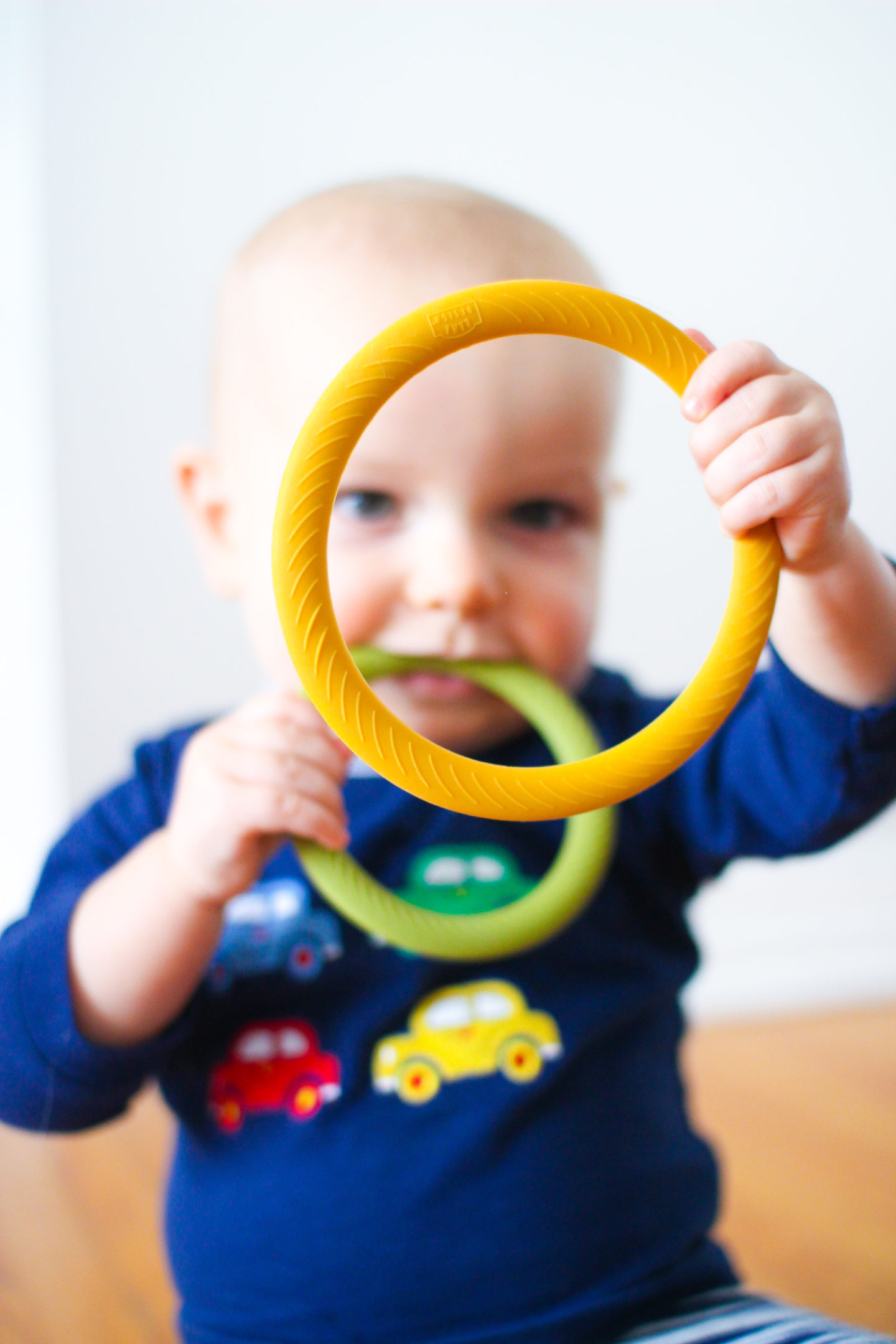
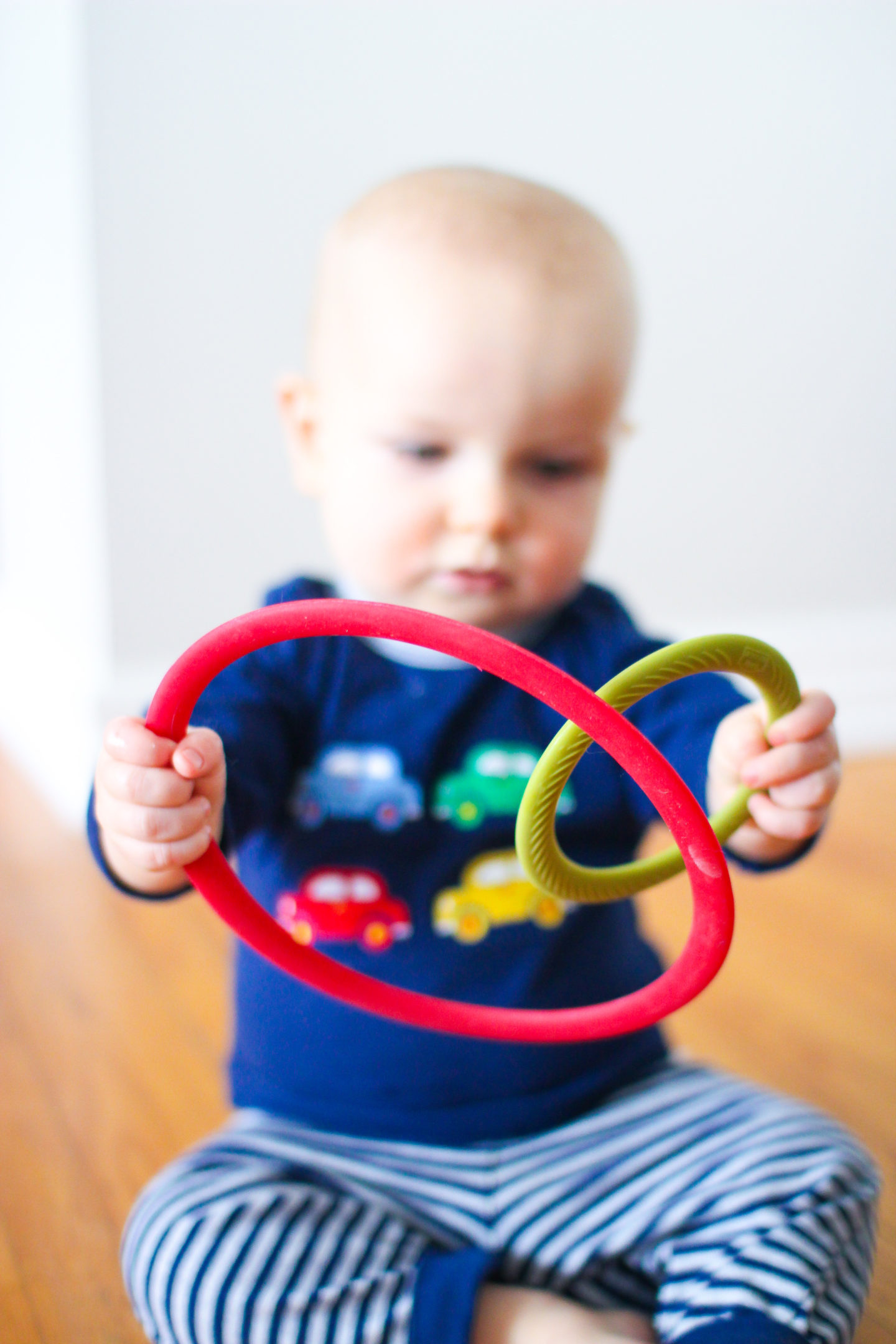
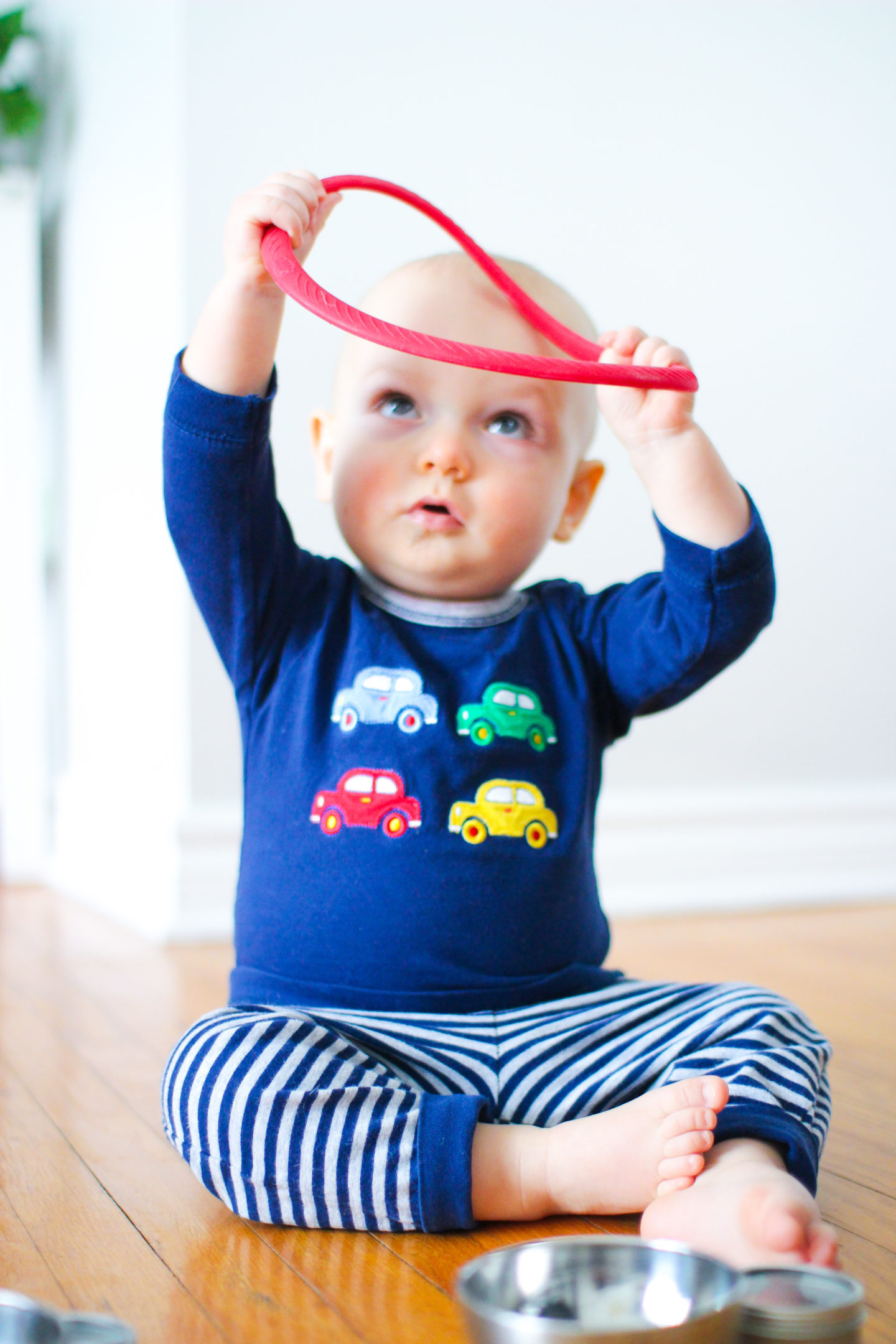
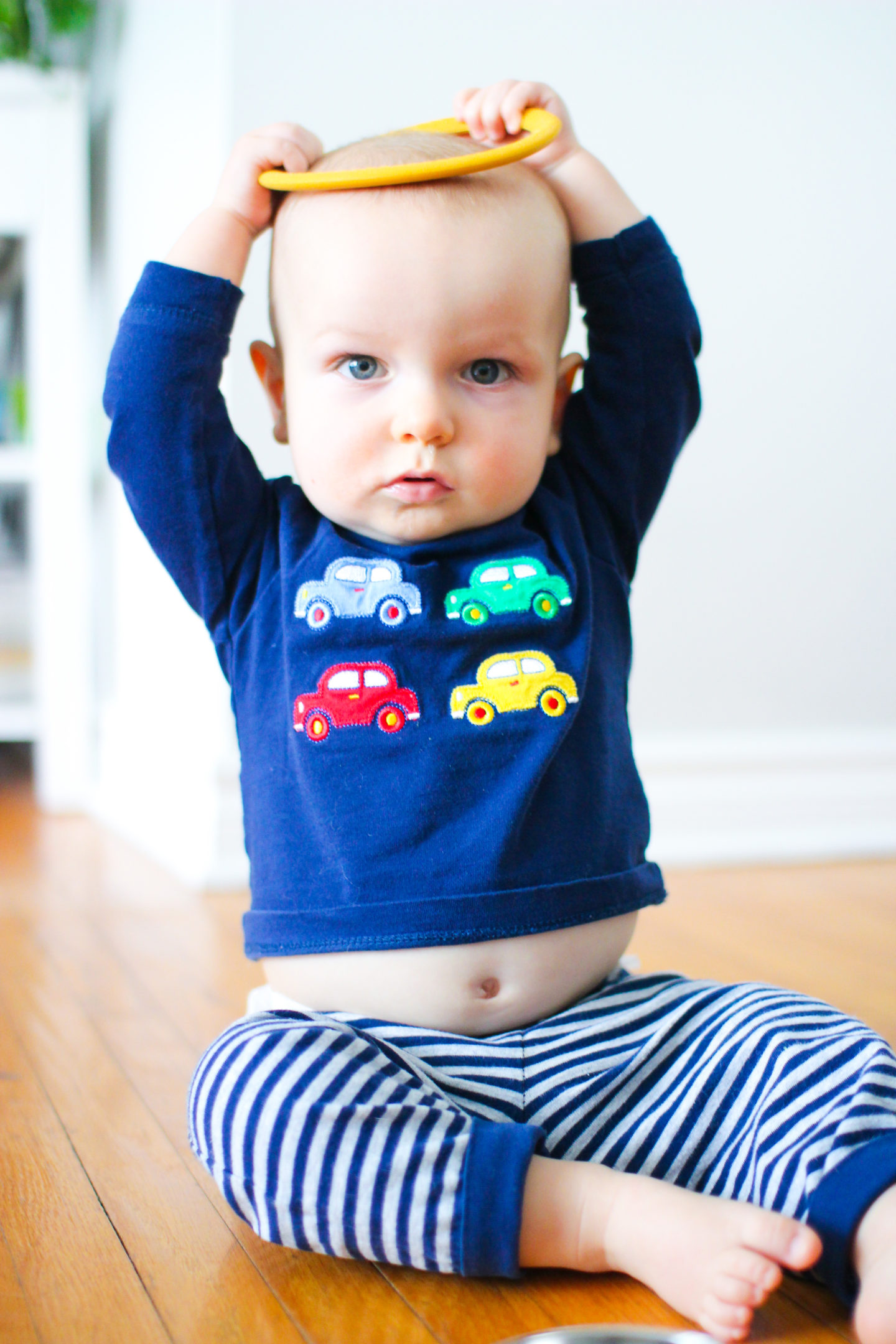
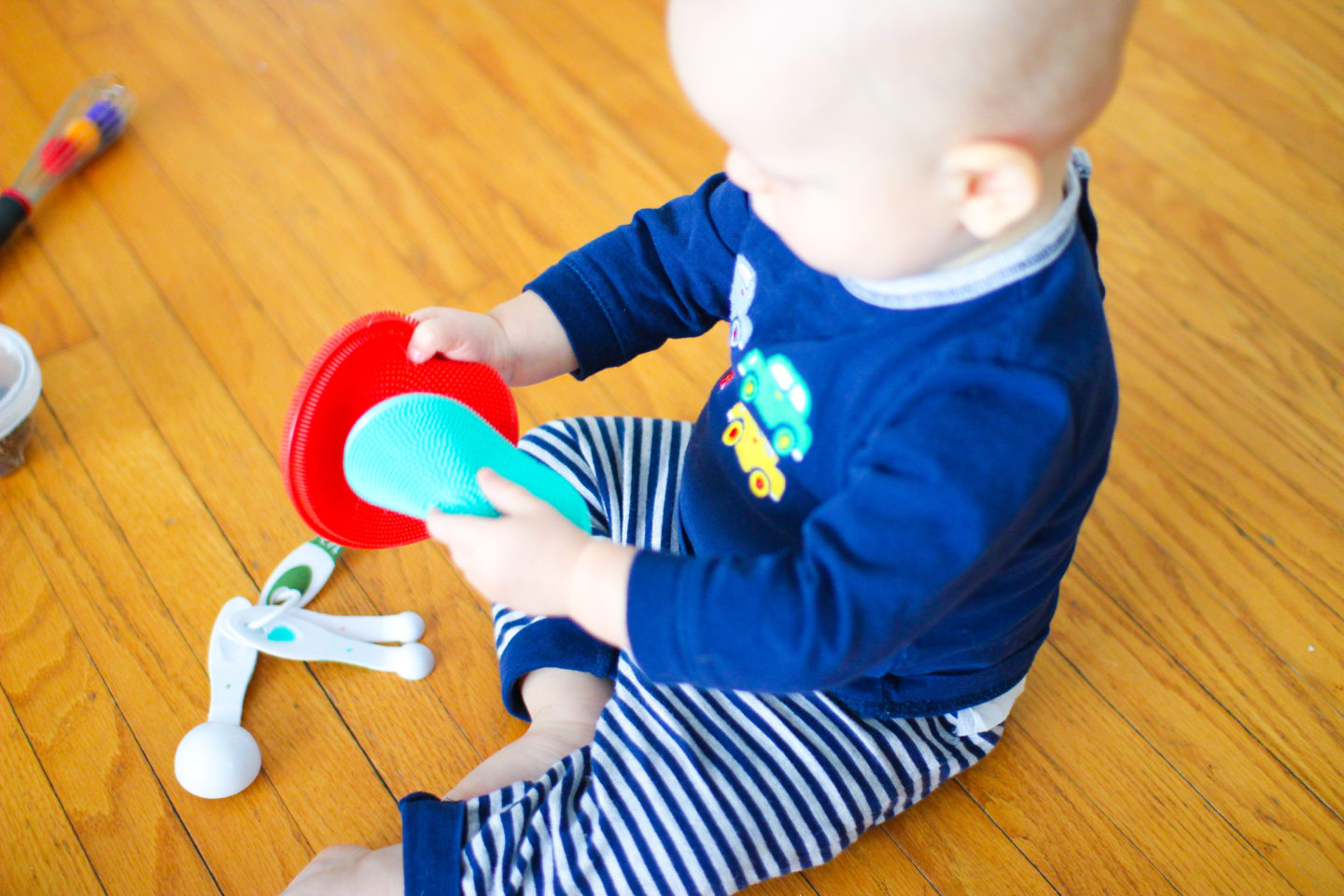
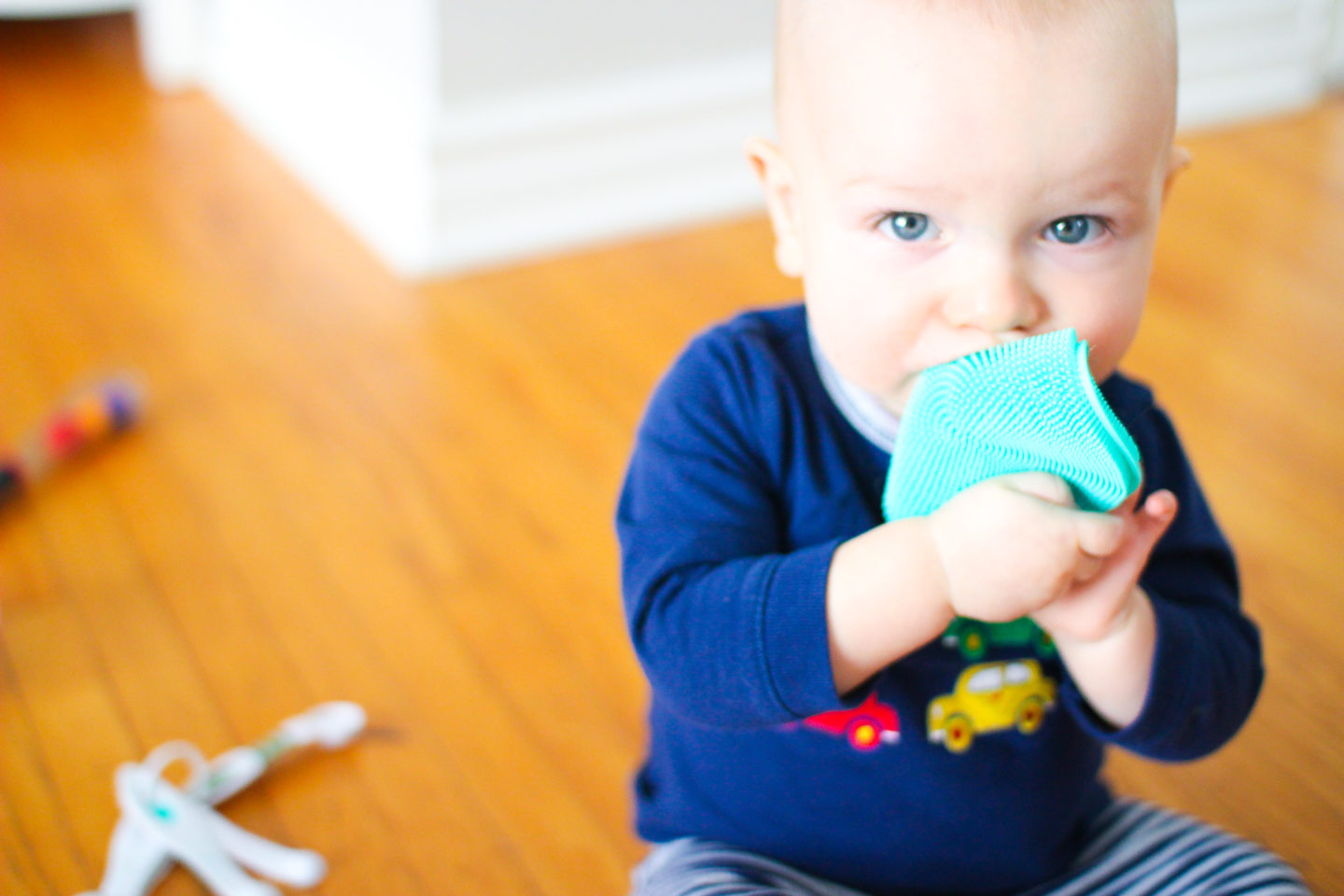
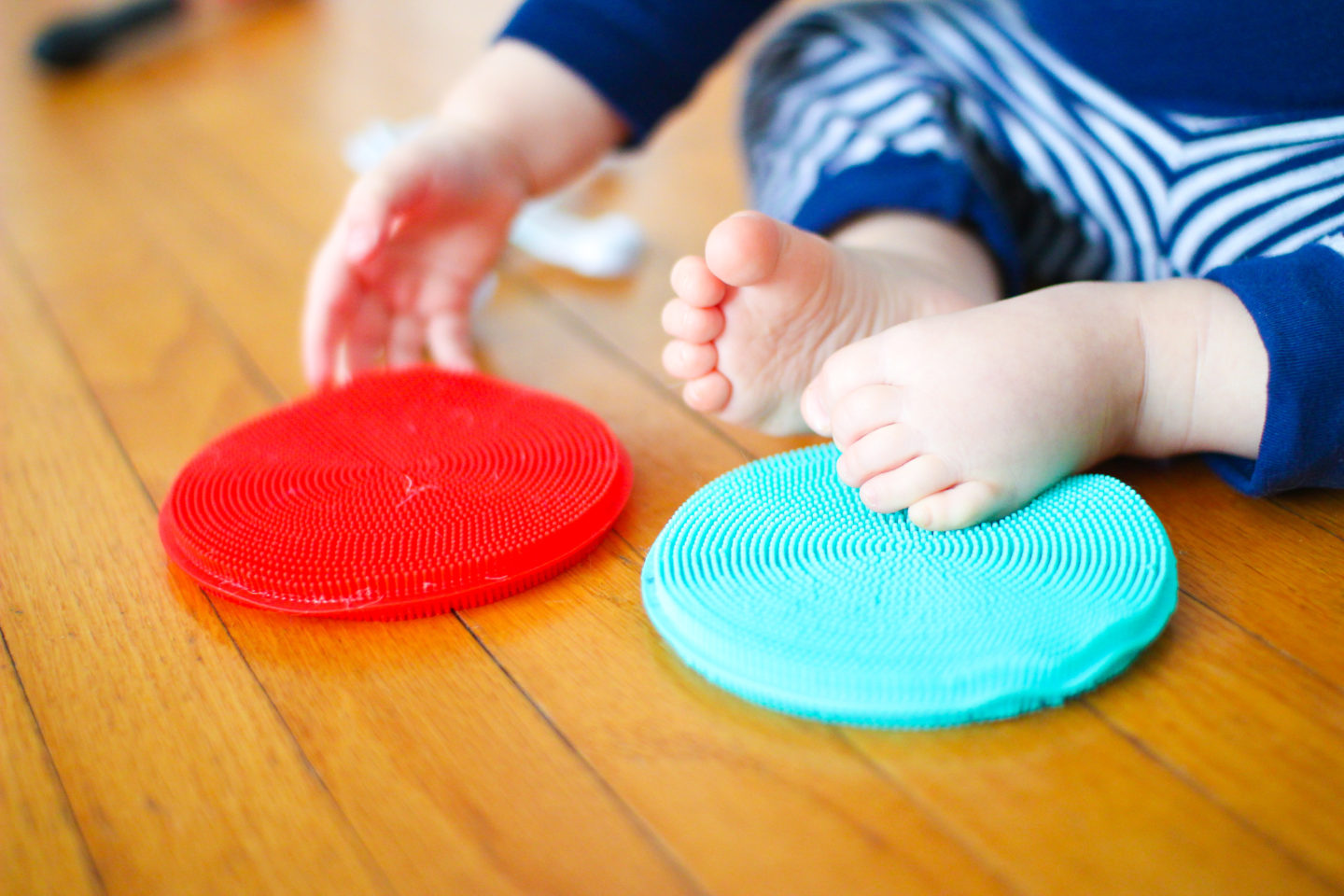
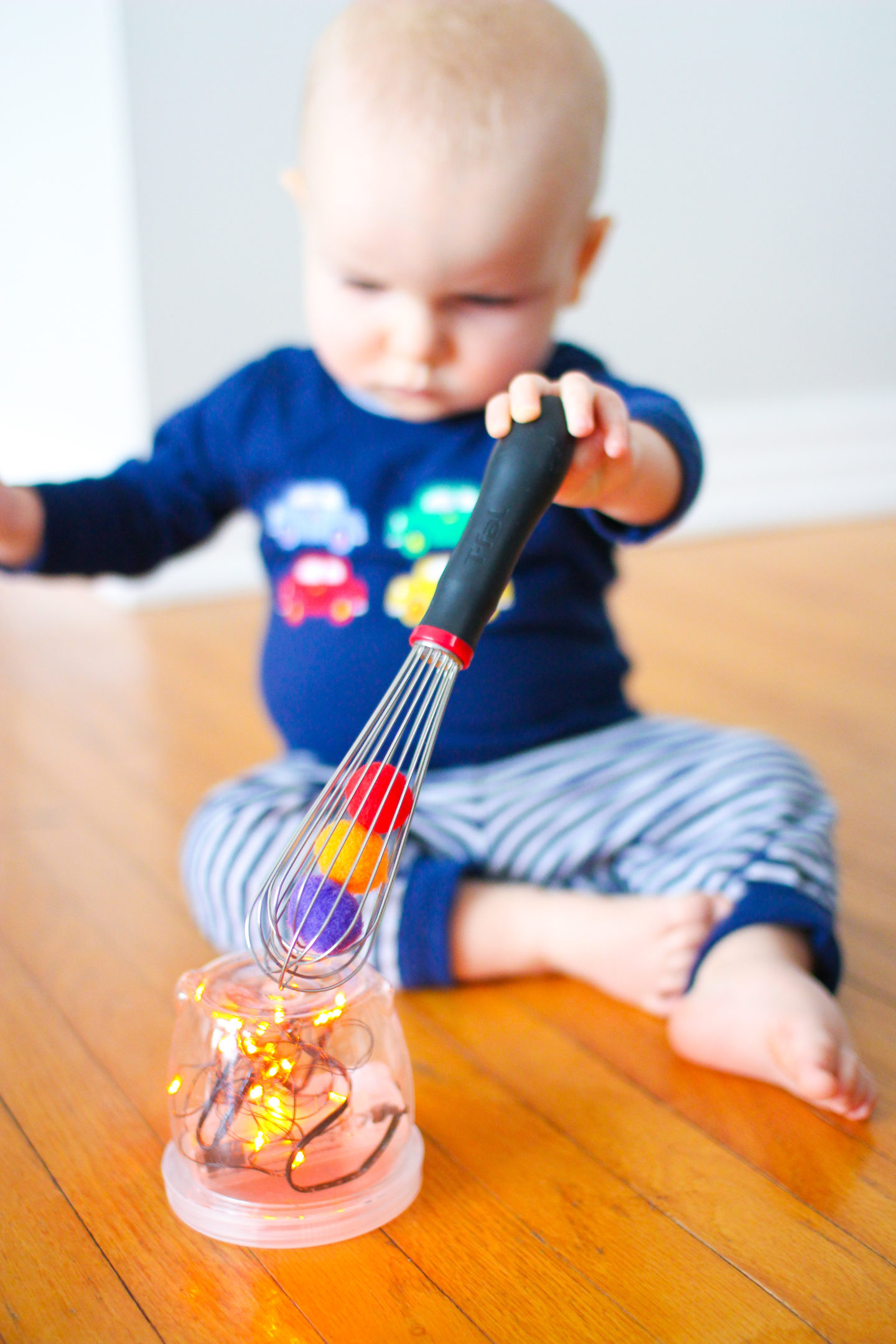
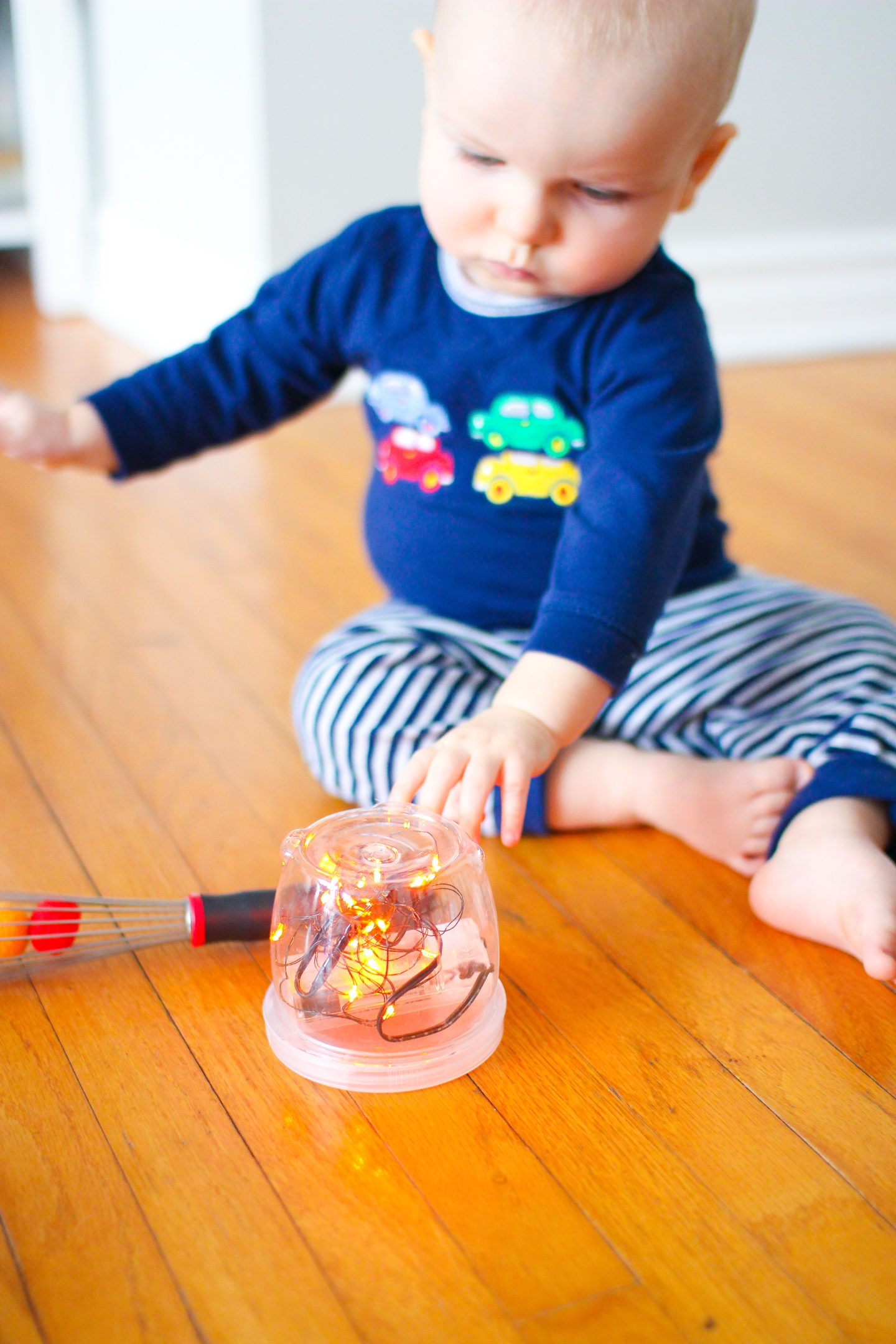
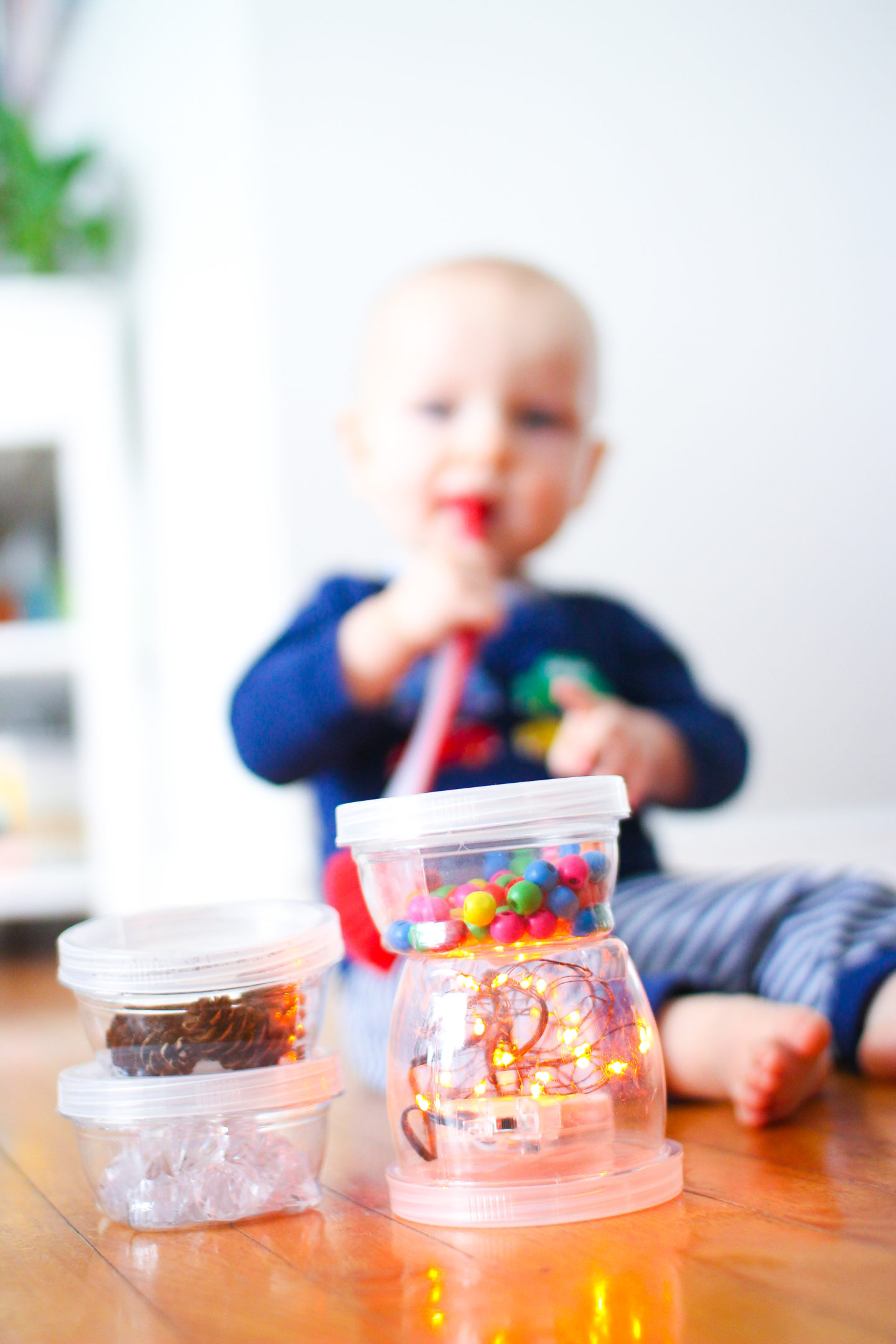
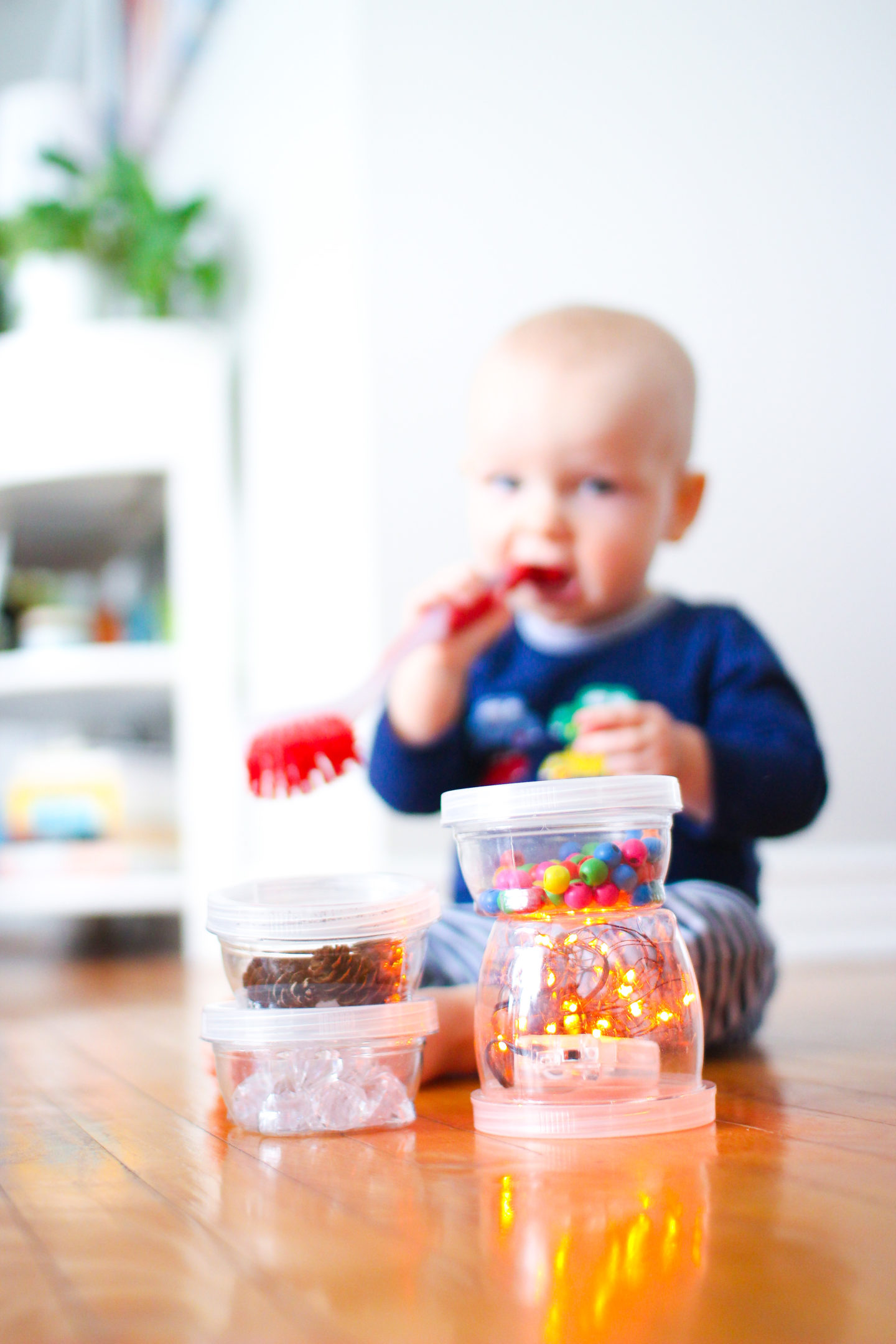
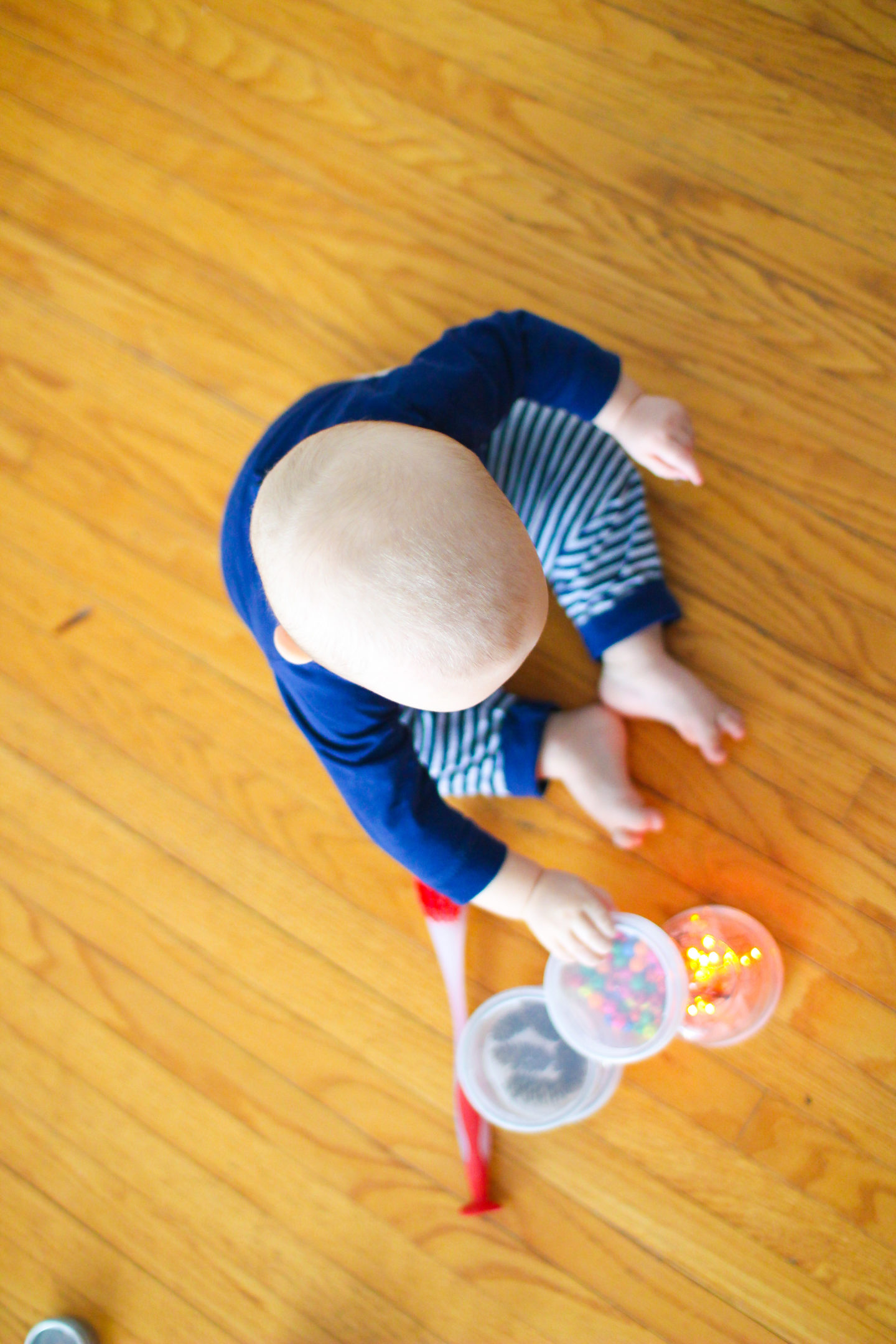
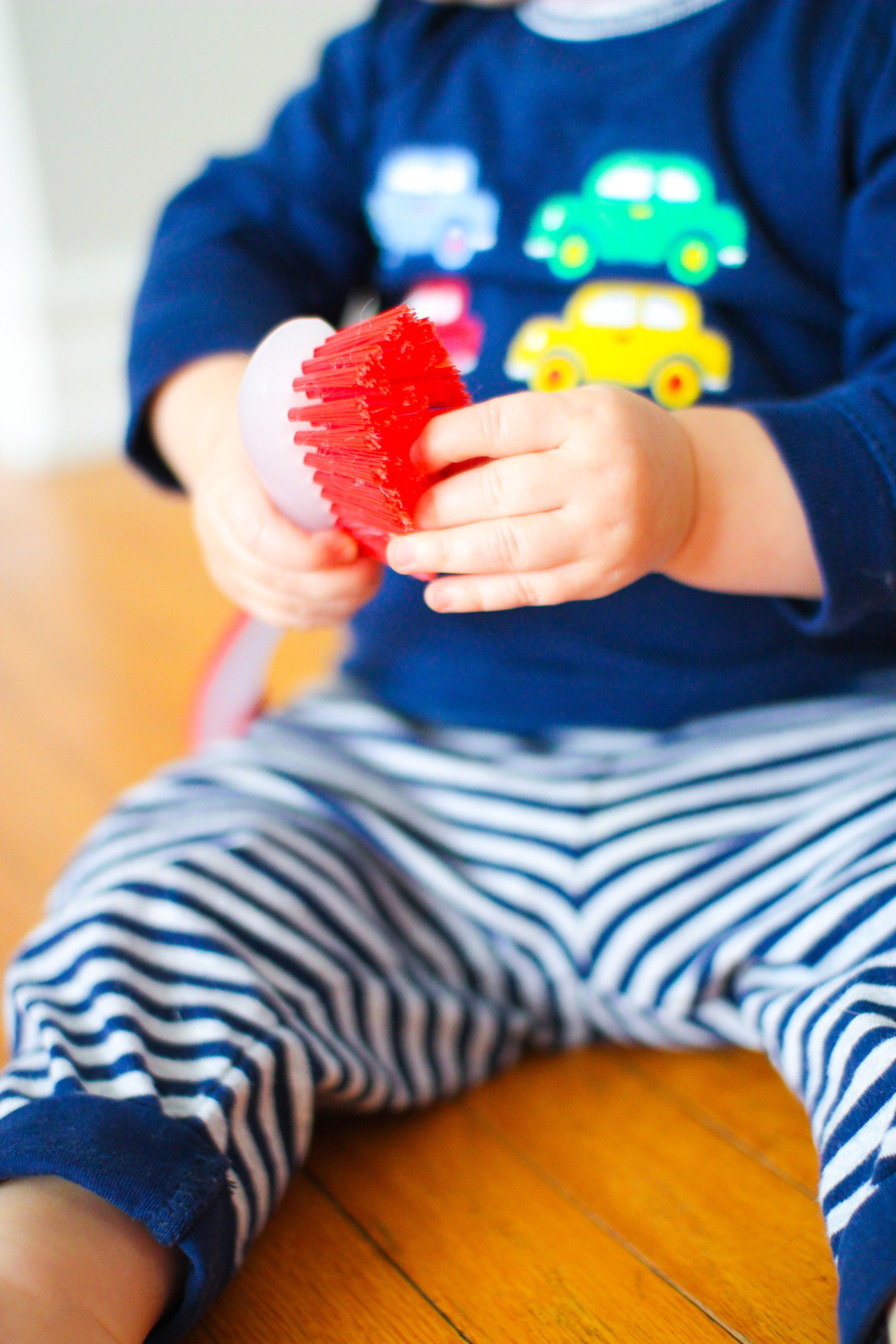
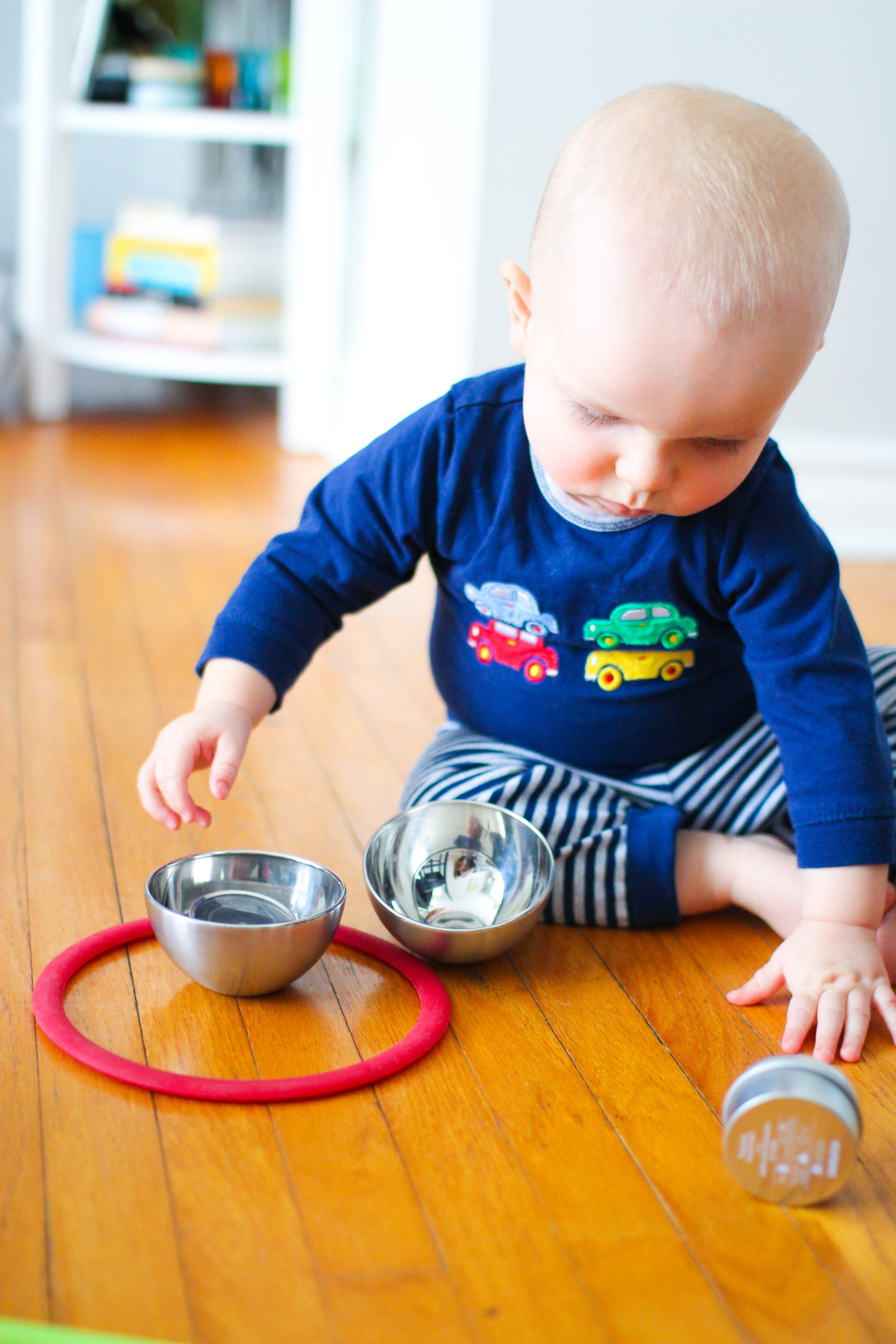
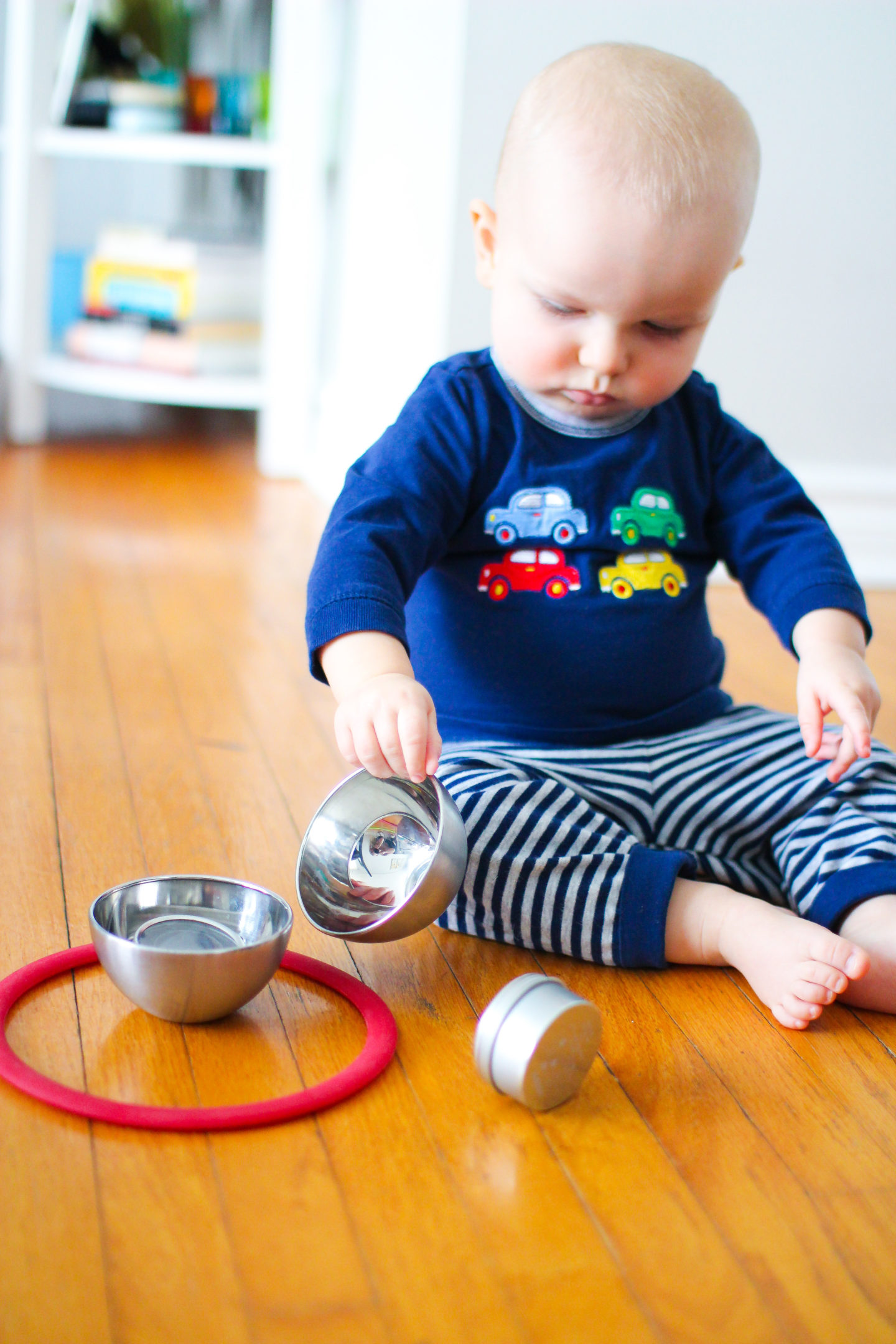
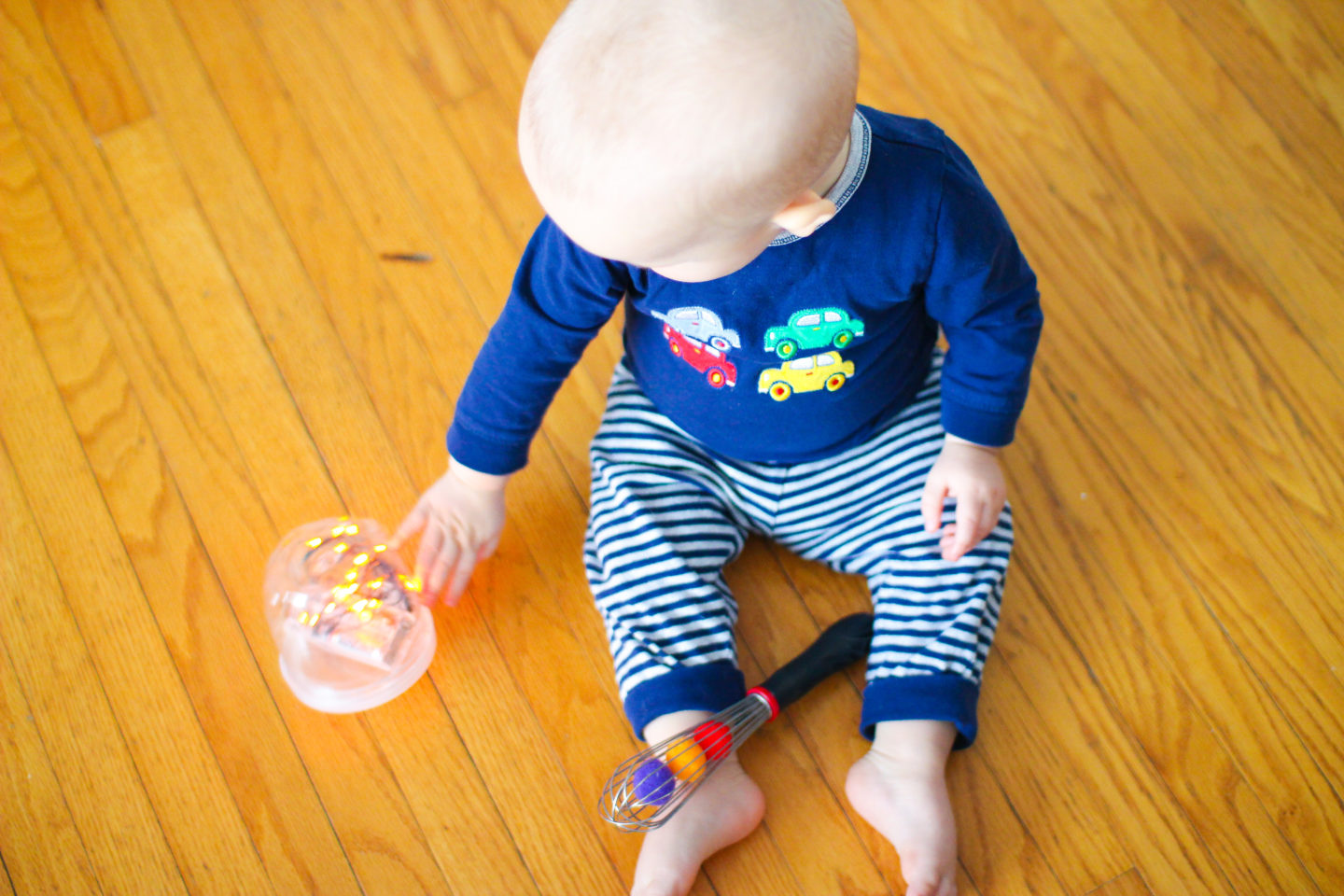
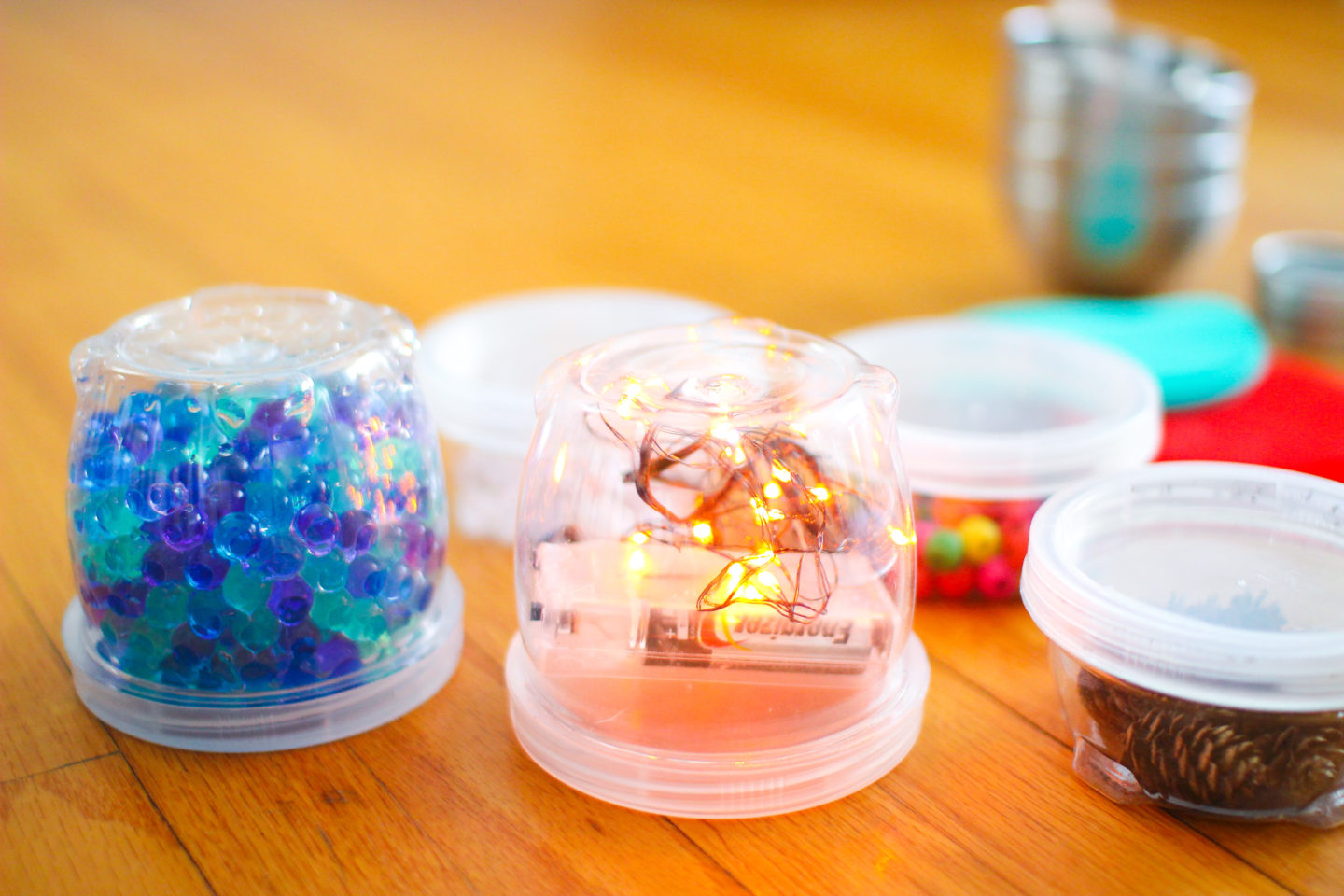
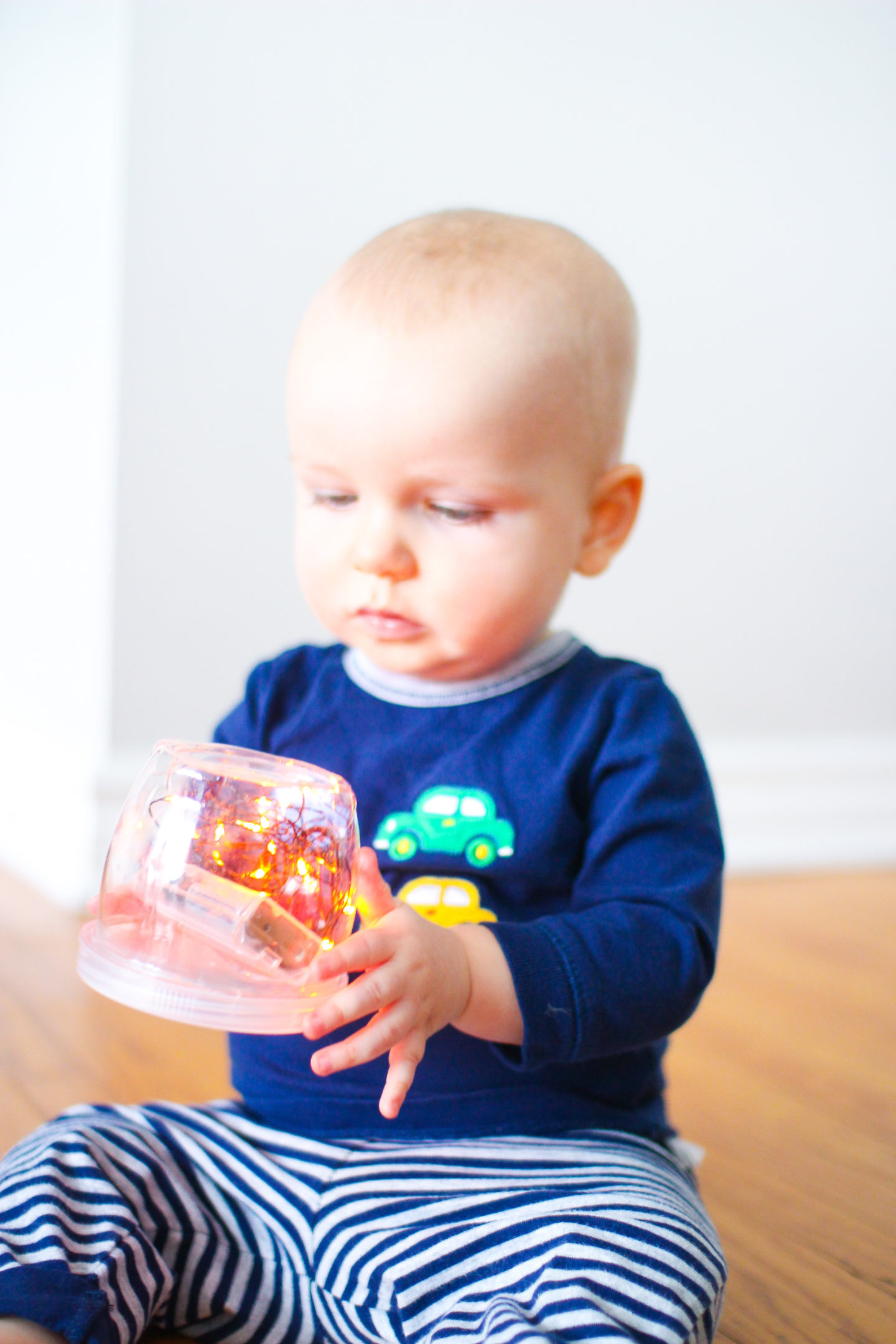
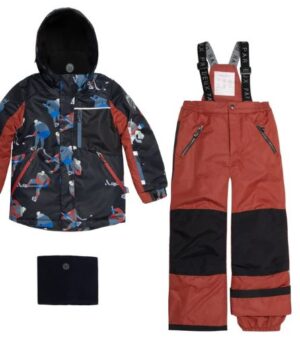
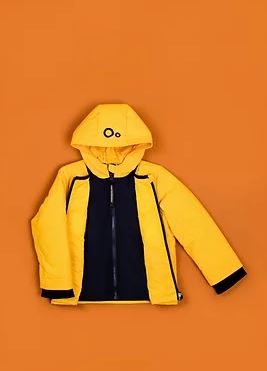
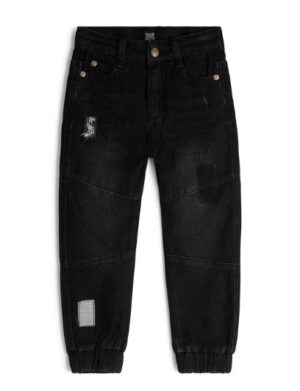
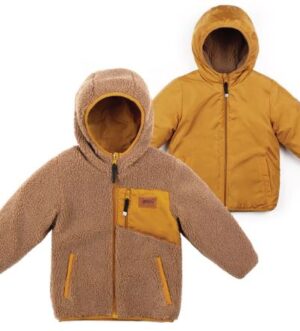
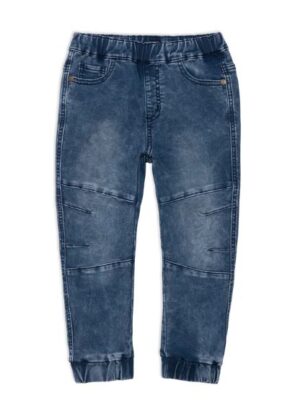
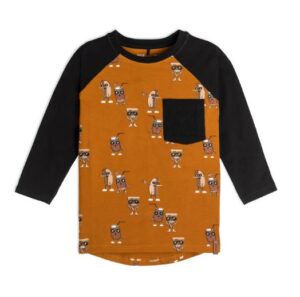
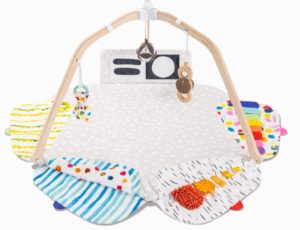
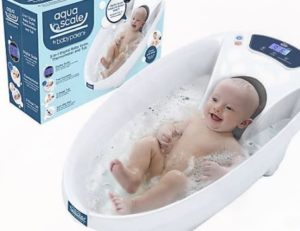




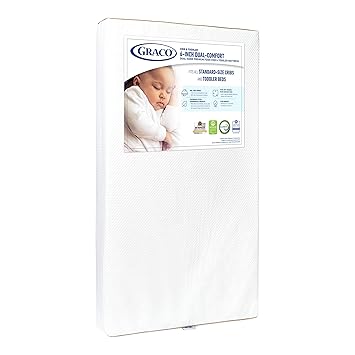

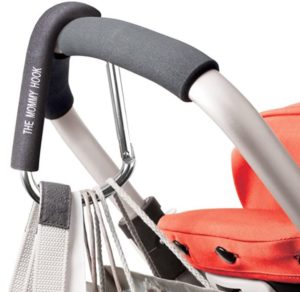













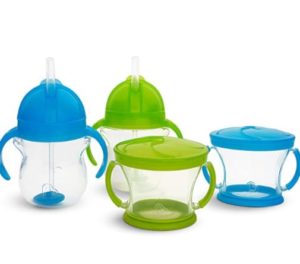
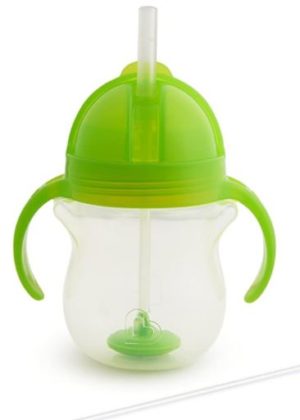
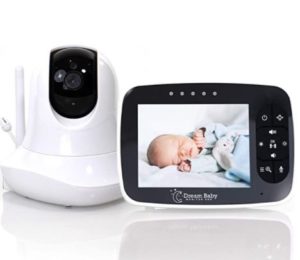
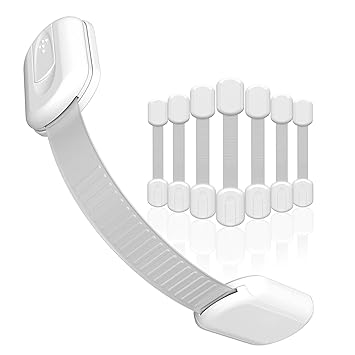
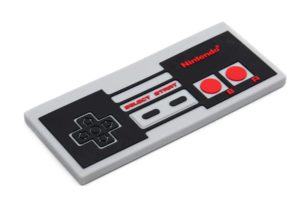



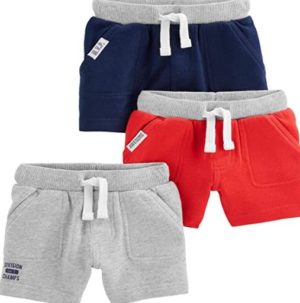



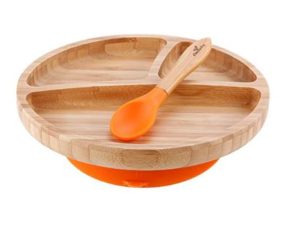
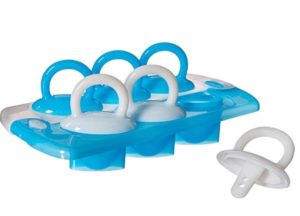
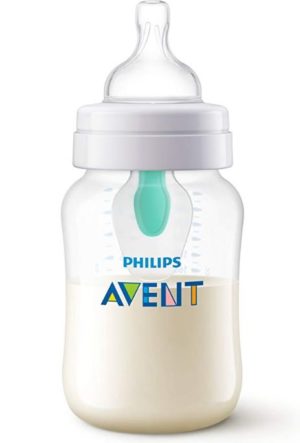
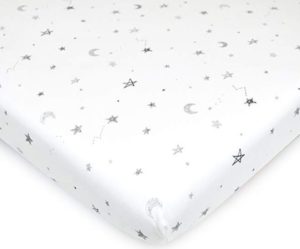
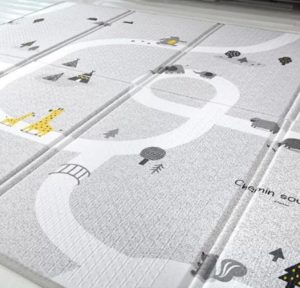

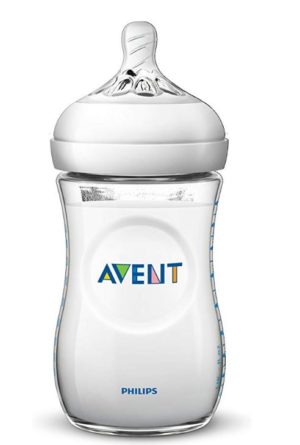
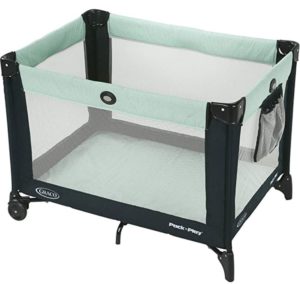
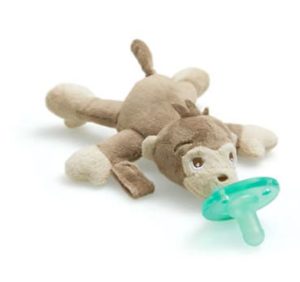

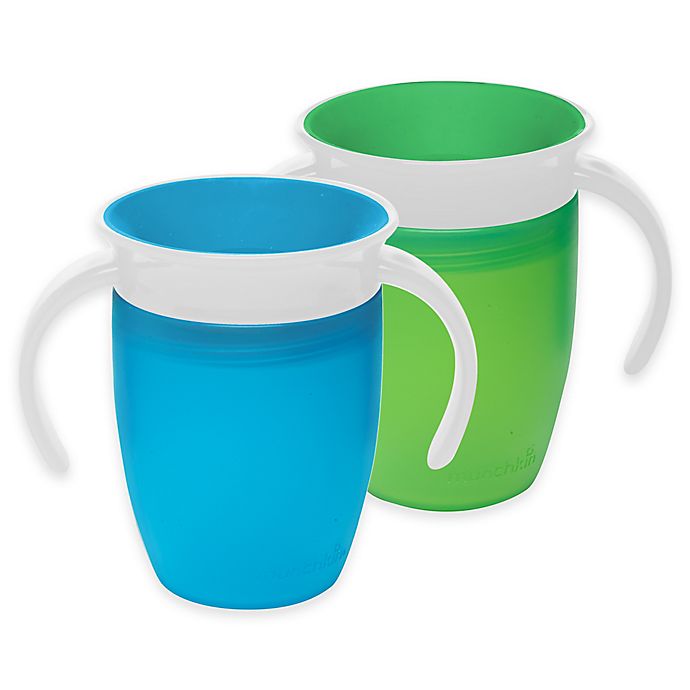

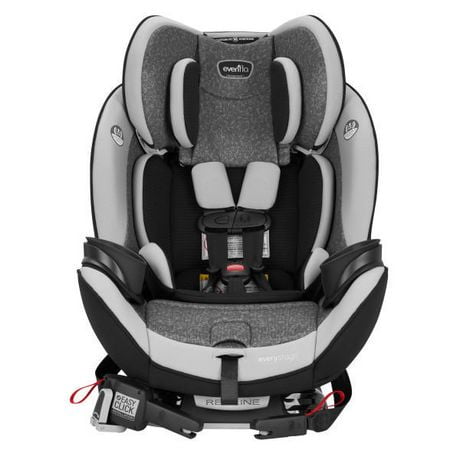
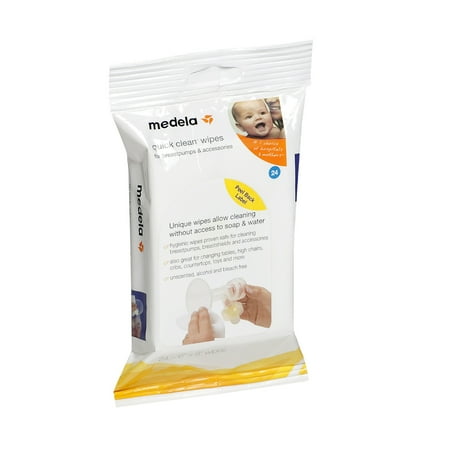

























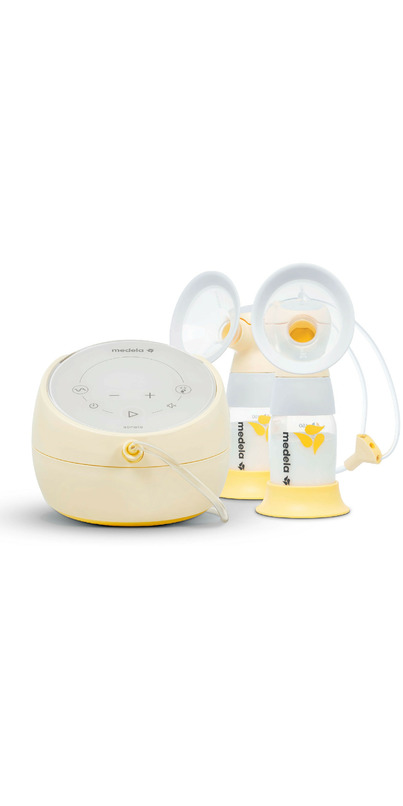








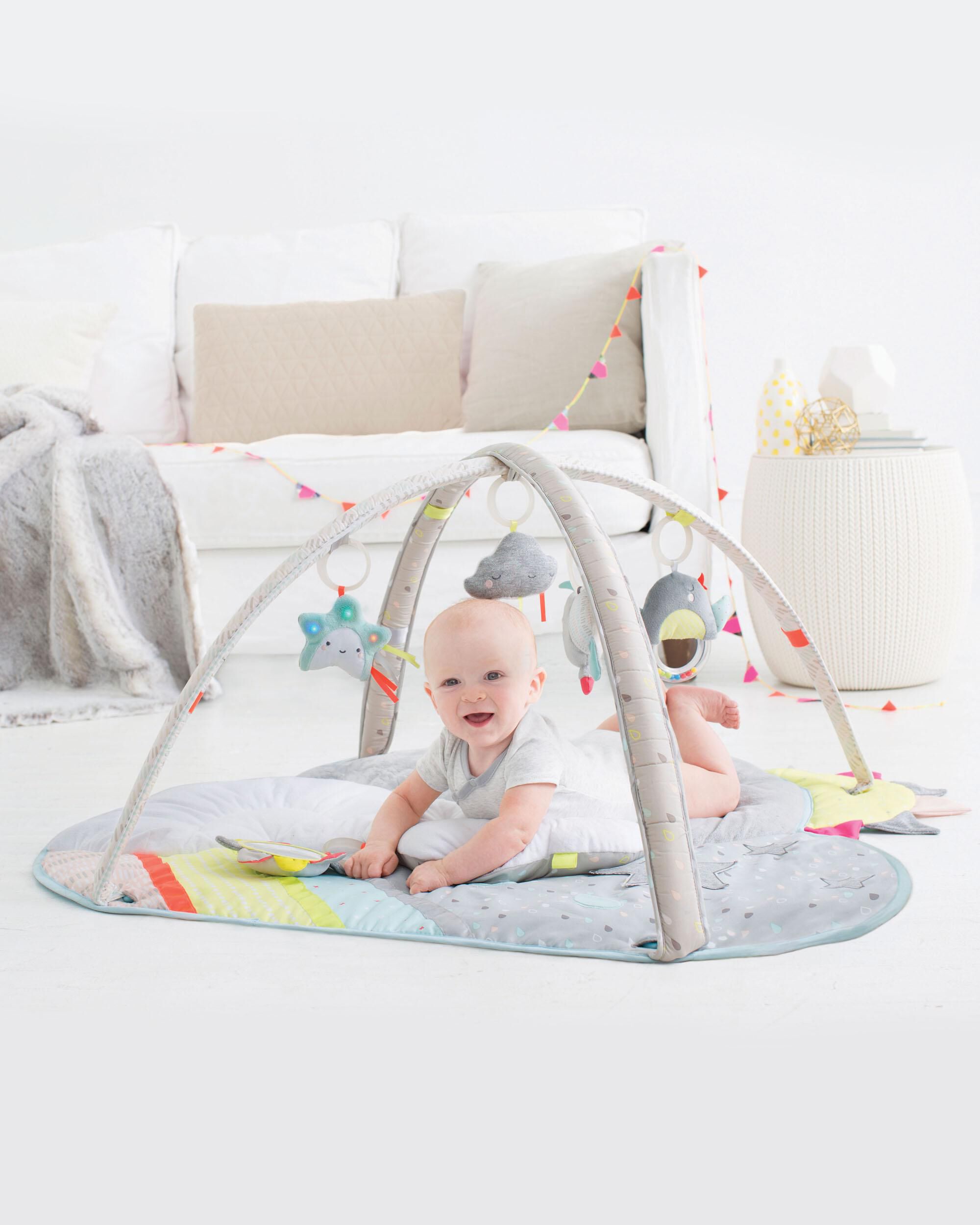












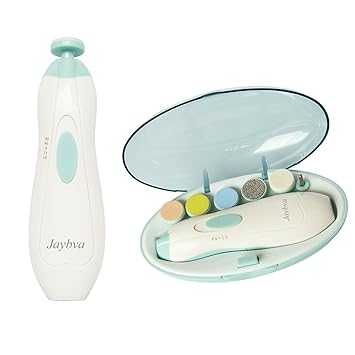









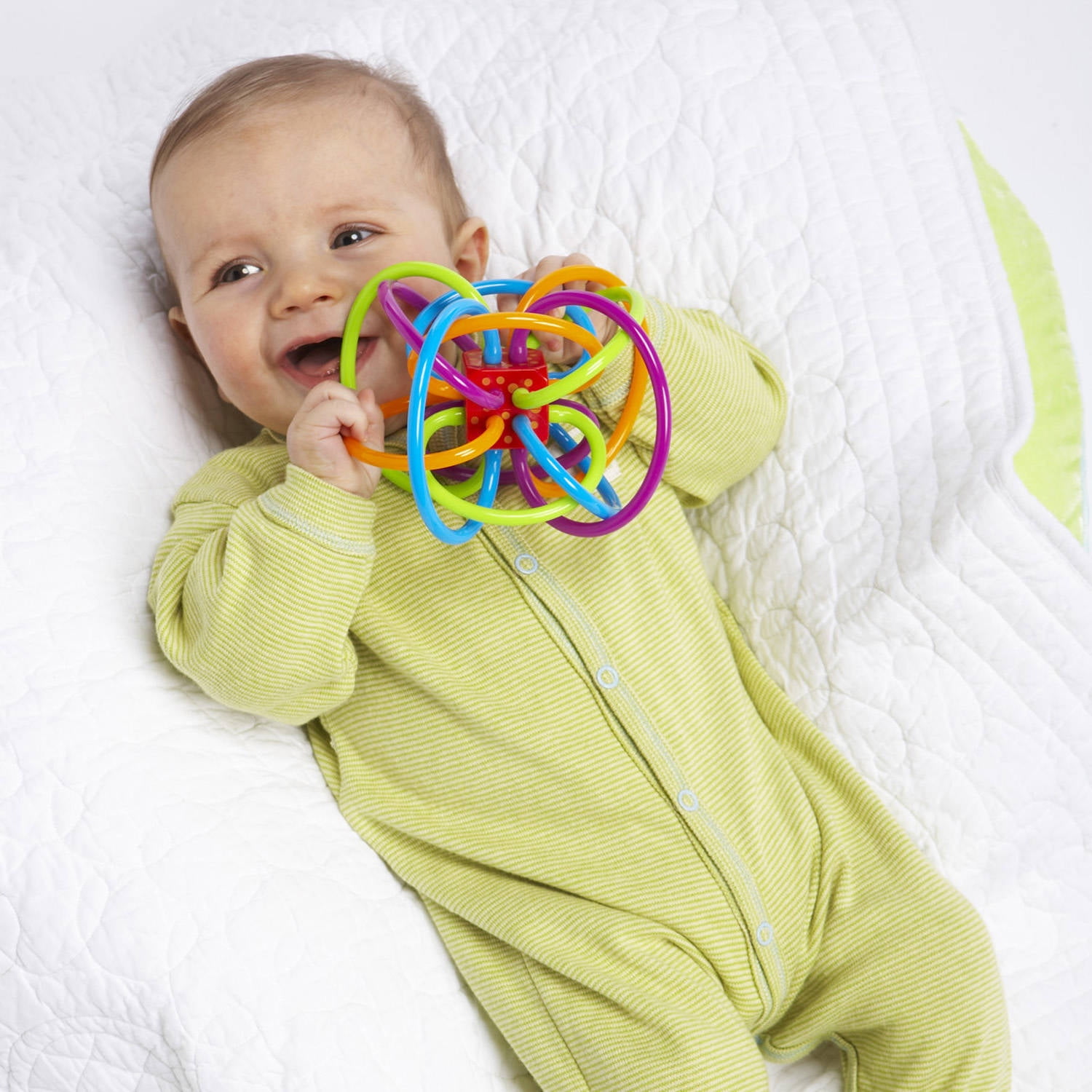
Hi!! I love this post-could you tell me about the rings he is playing with in the first few pictures!? I LOVE them! Thanks
Author
Hi Lauren! They’re just silicone pot holders from the dollar store! They came in a three-pack with three different sizes.
Hi I love the post. Can you please tell about the rings he is using in the first set of pictures. What are they call and where can I get some. Thanks.
Author
Hi Lauren, thanks for your kind words. The rings are just silicone pot holders from the dollar store! I specifically found them at Dollarama.